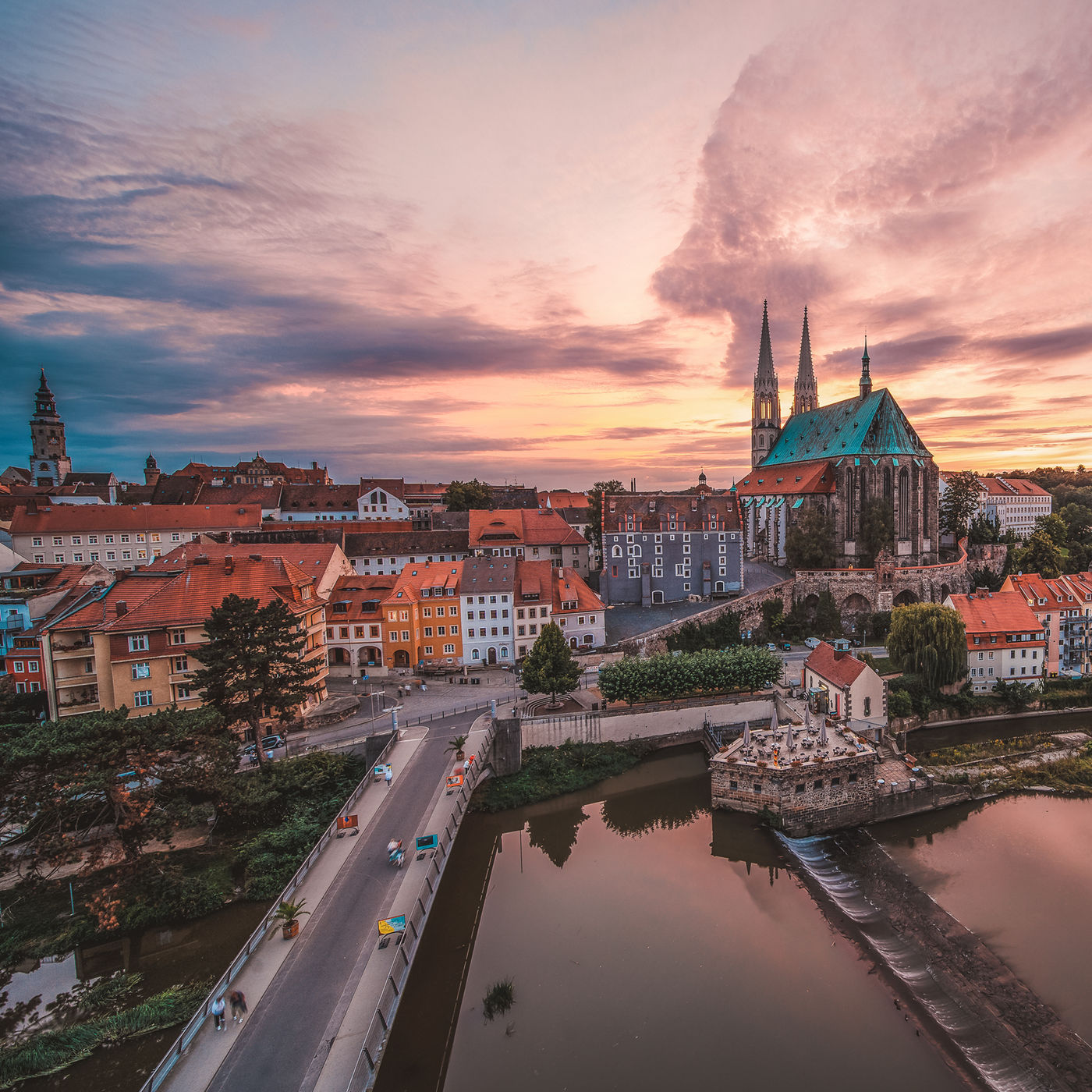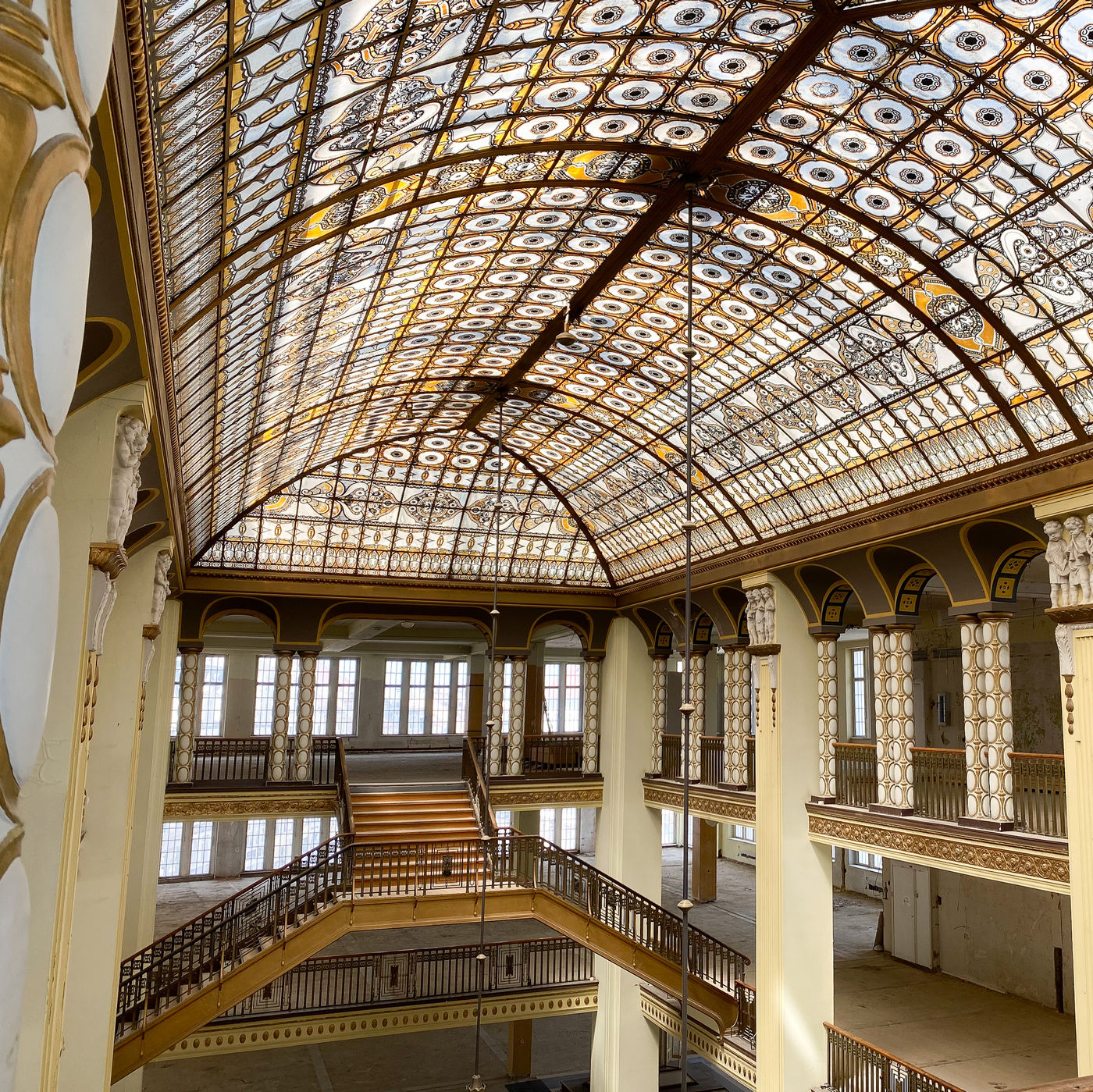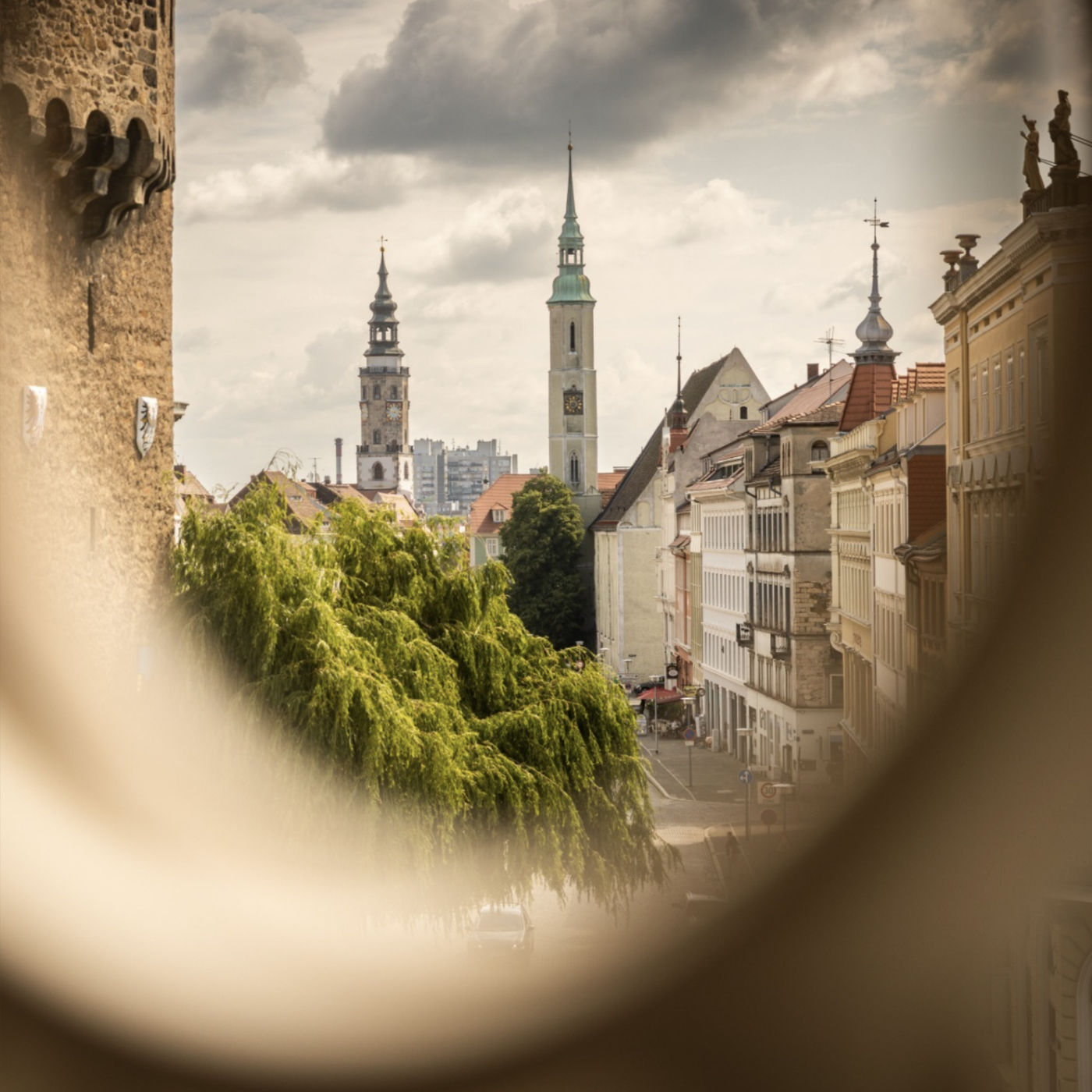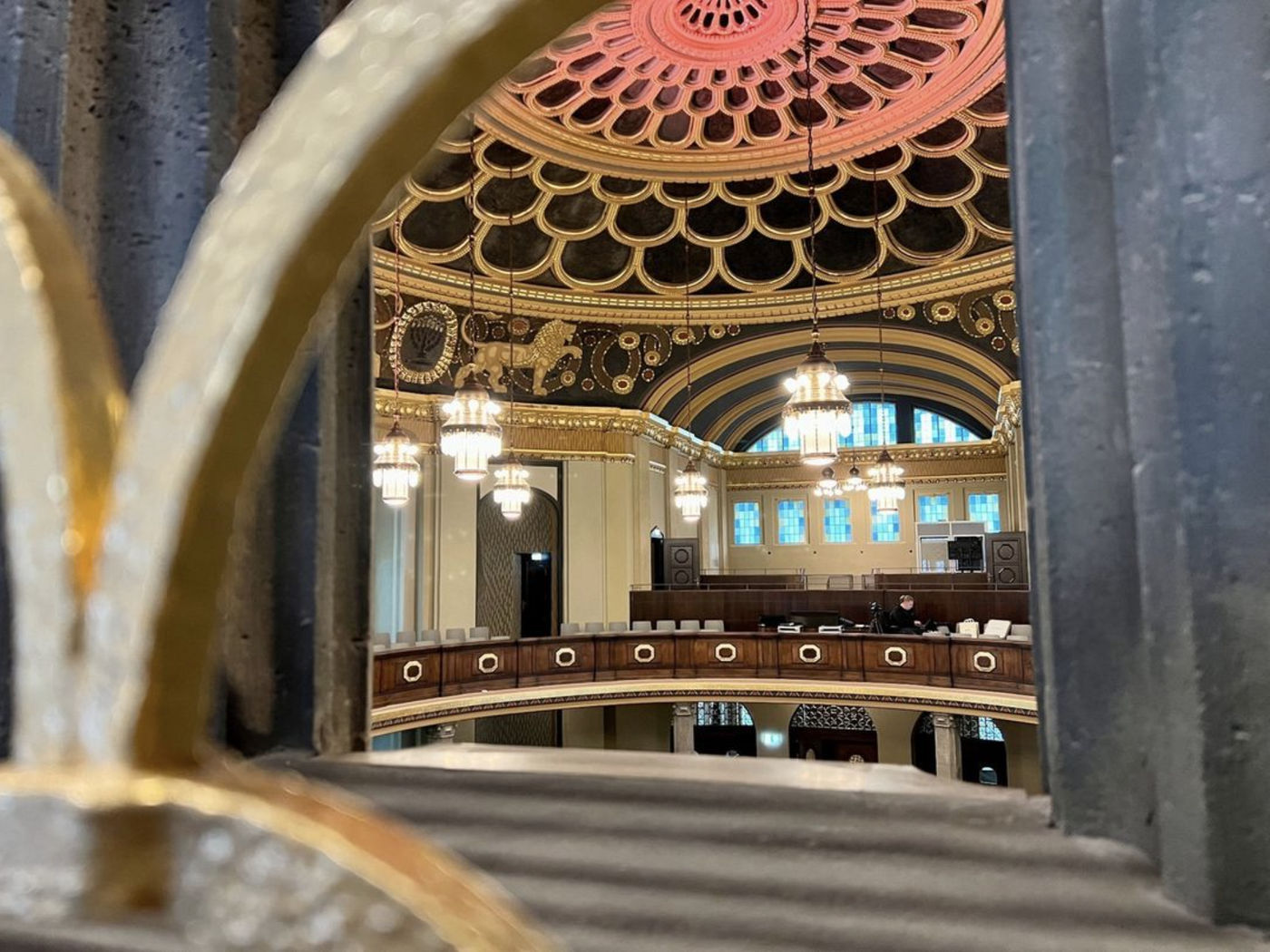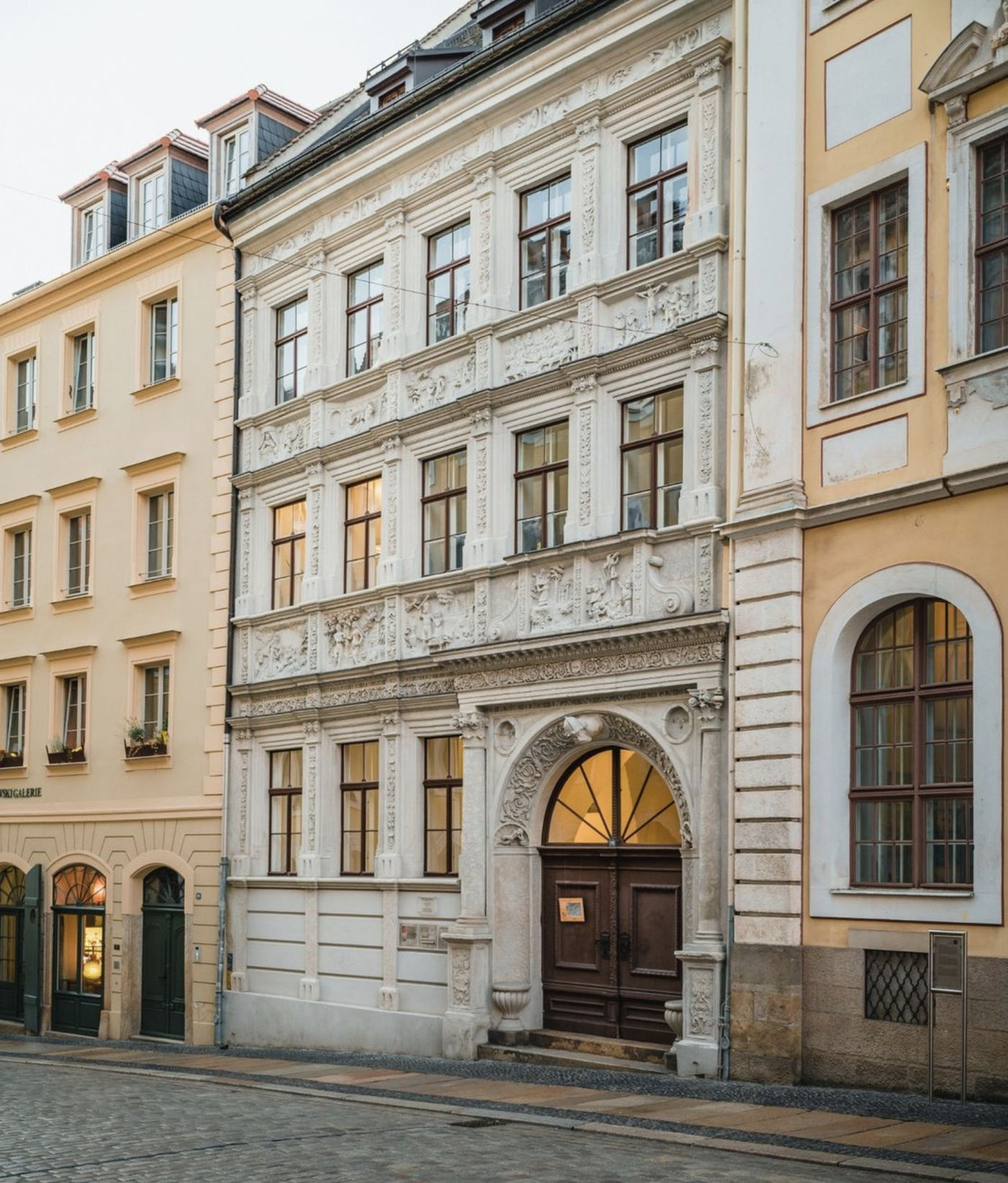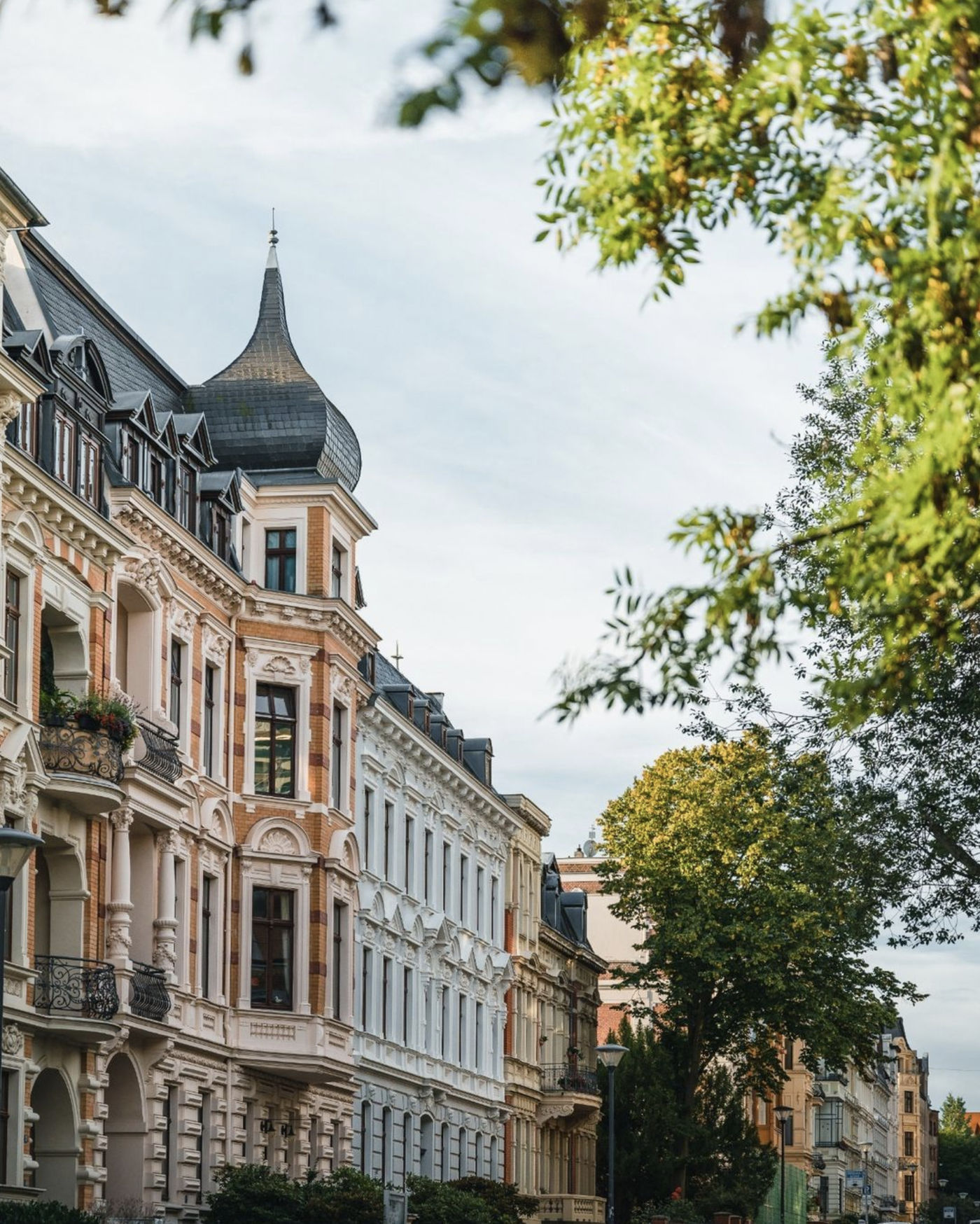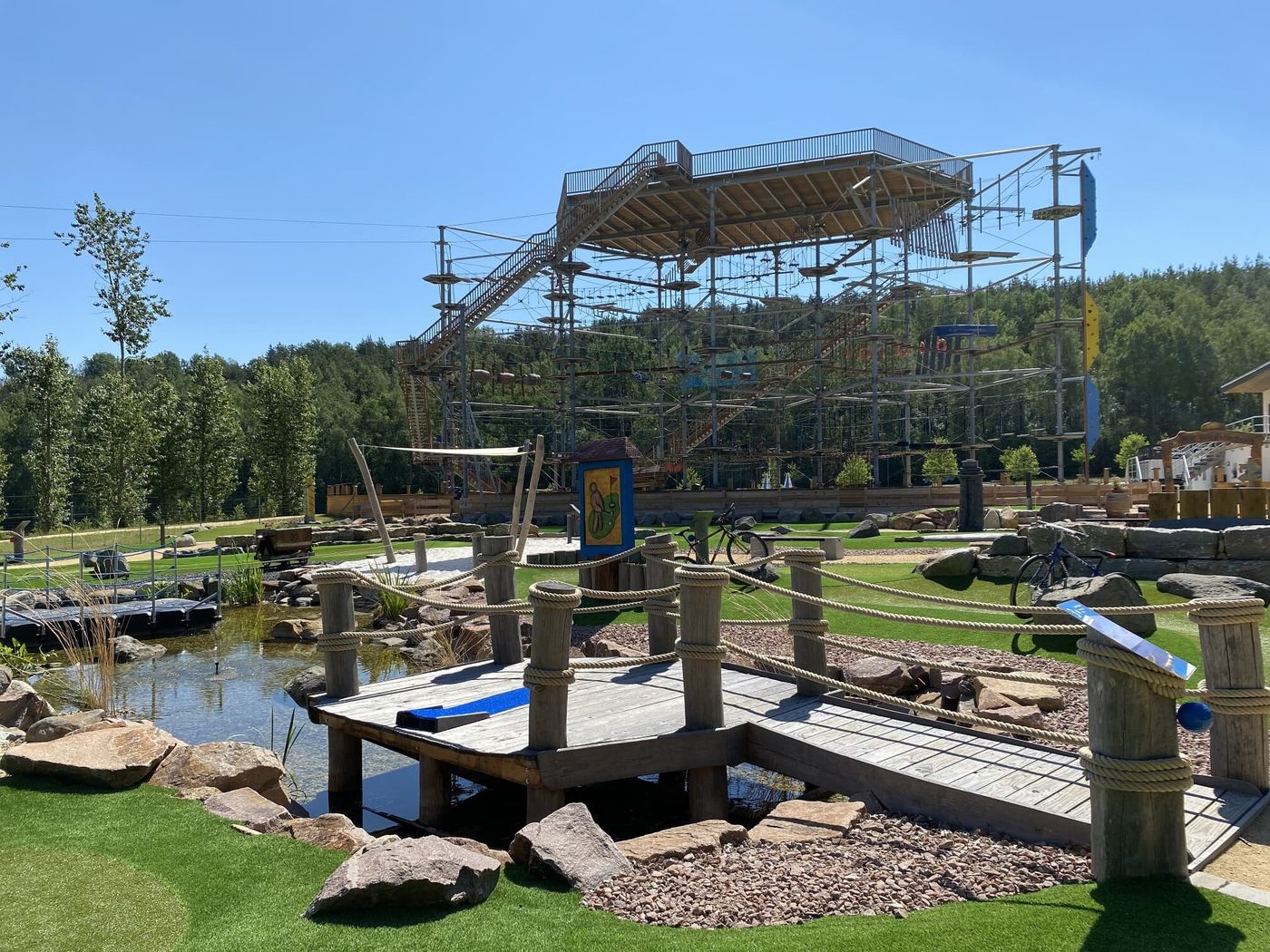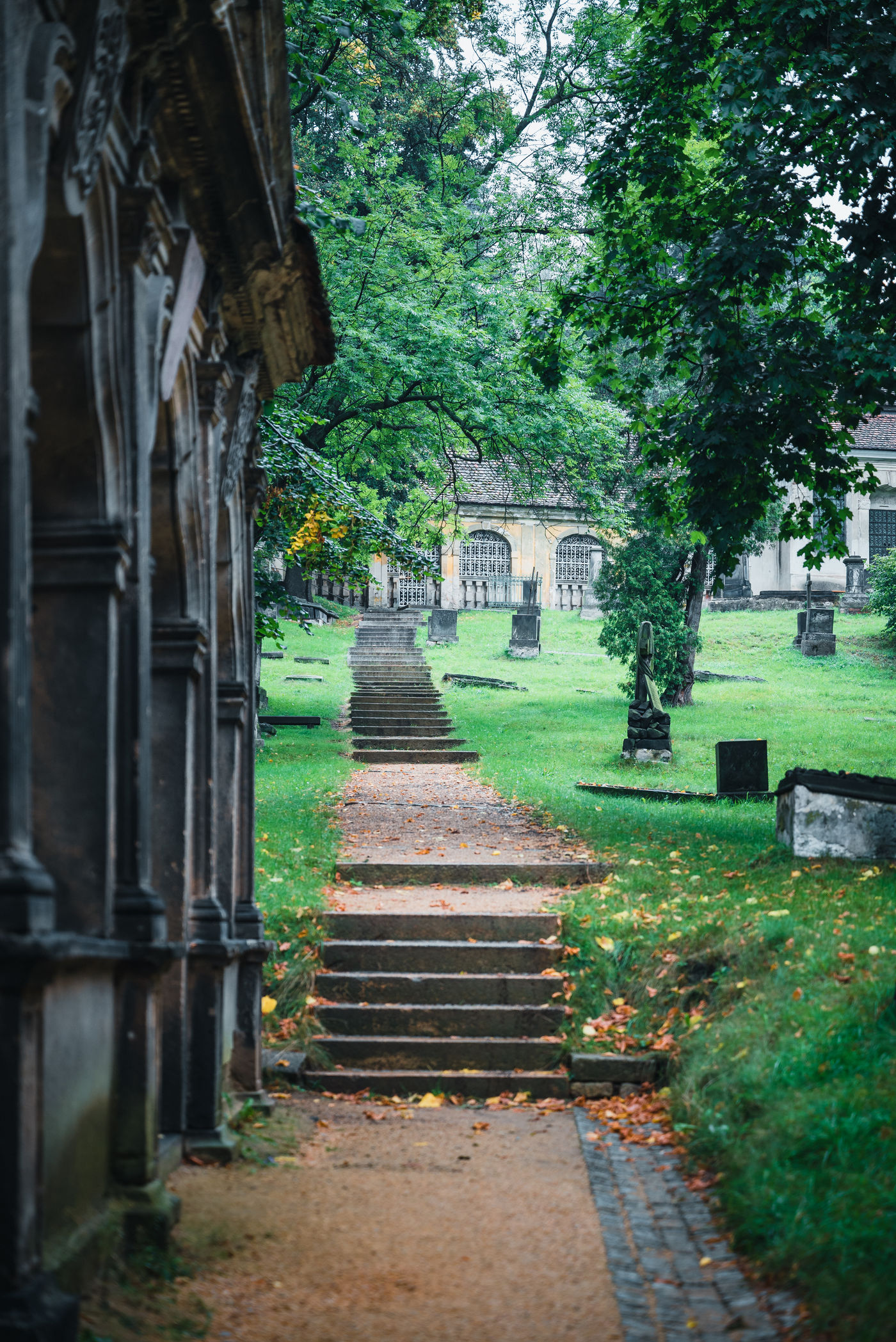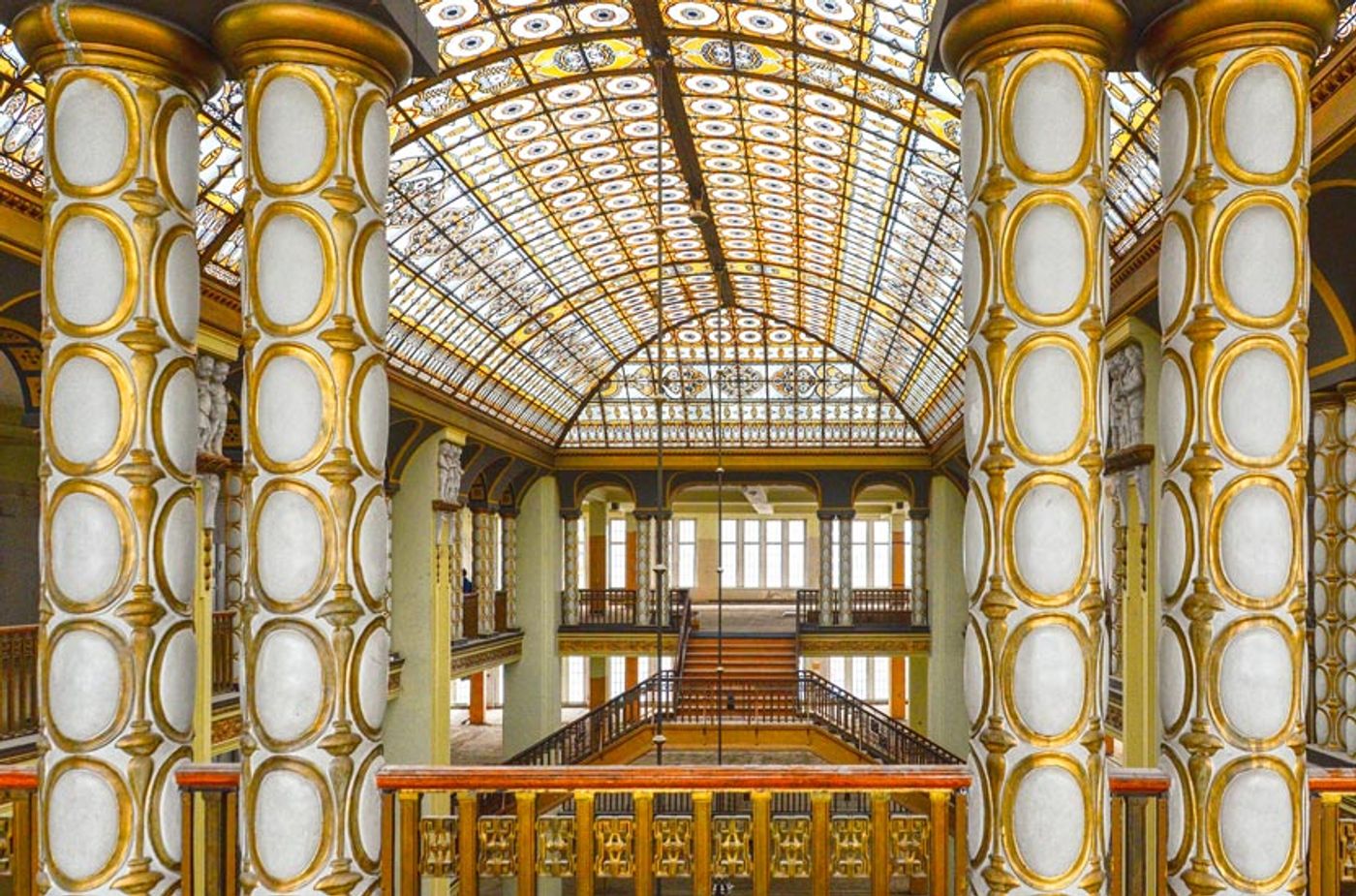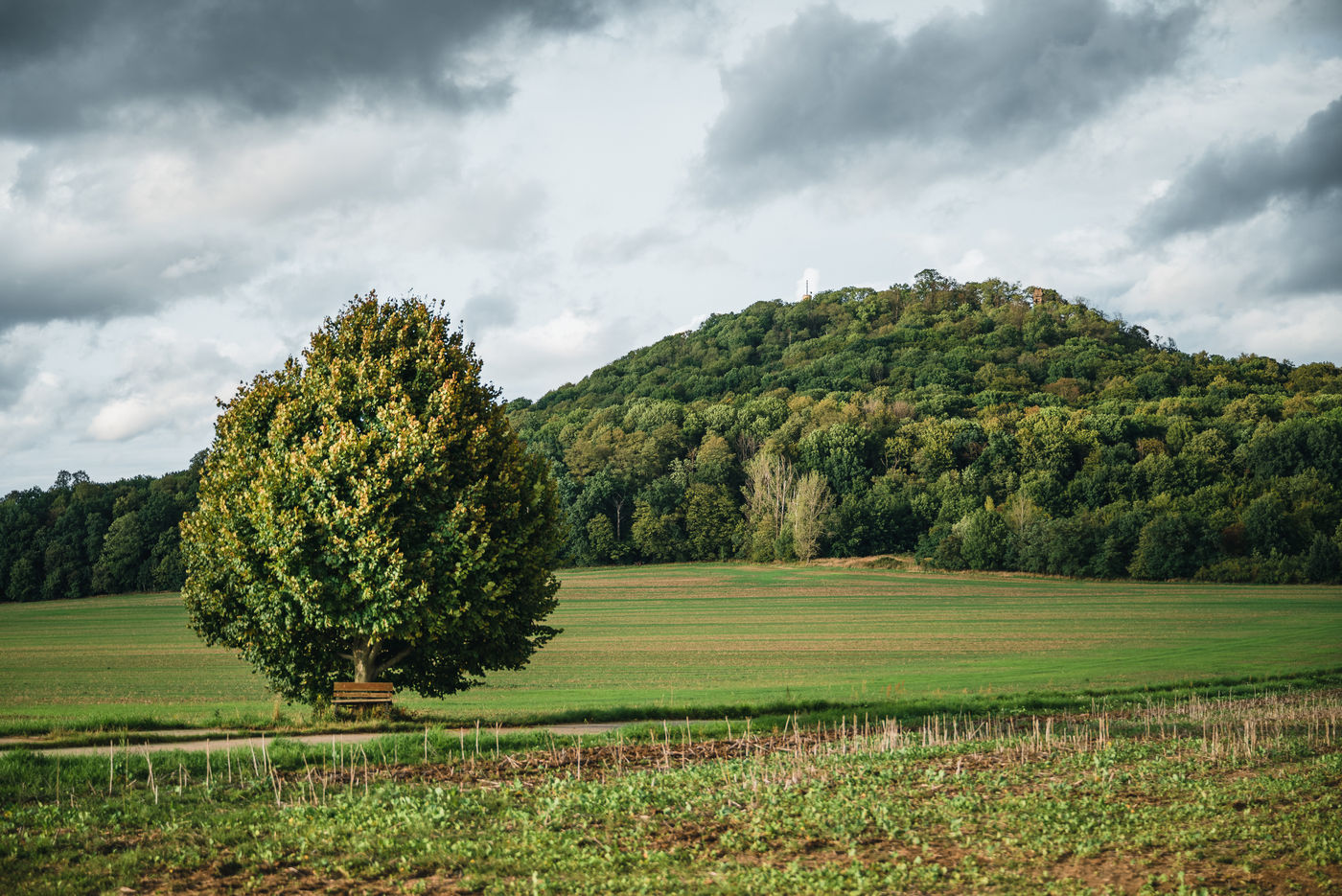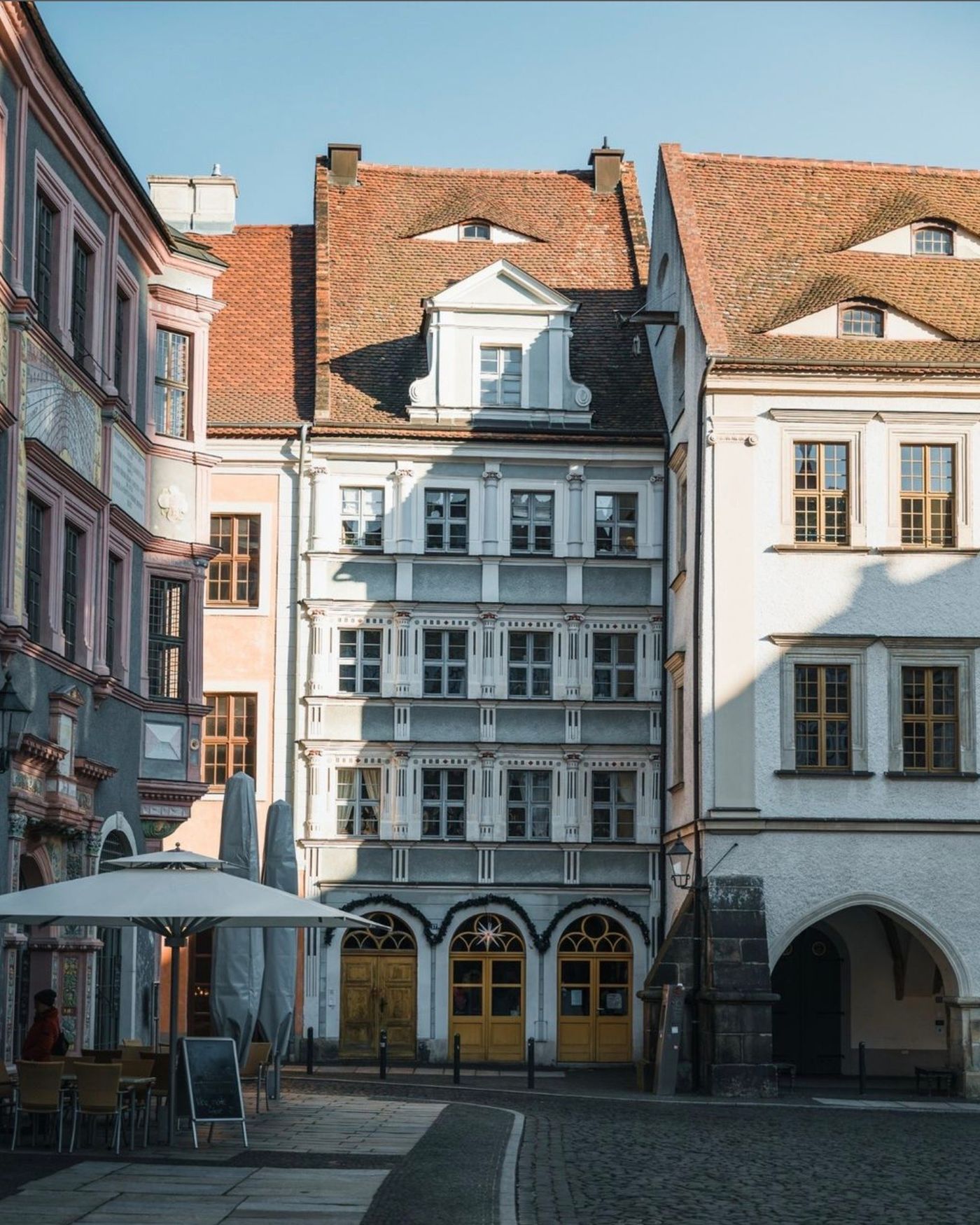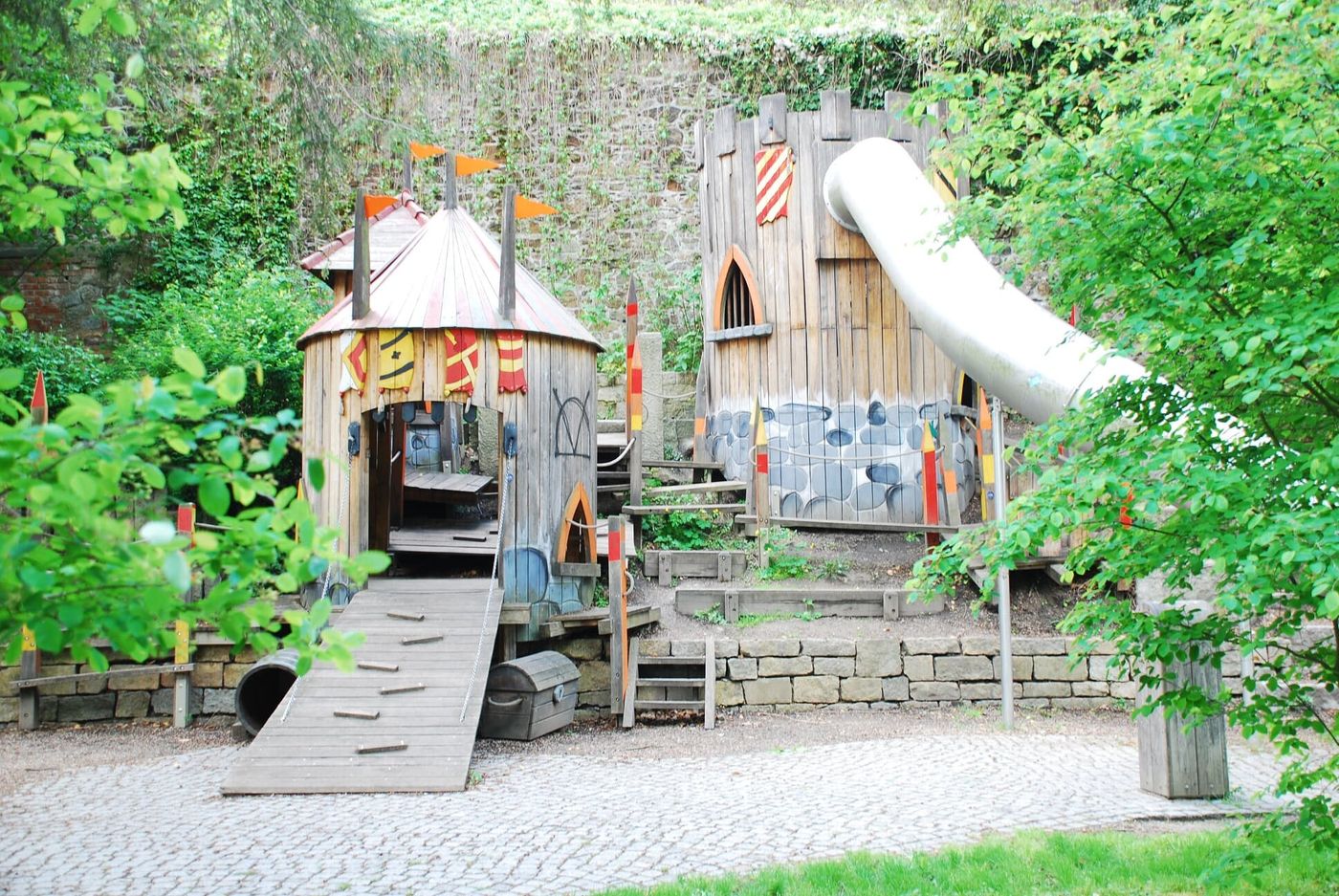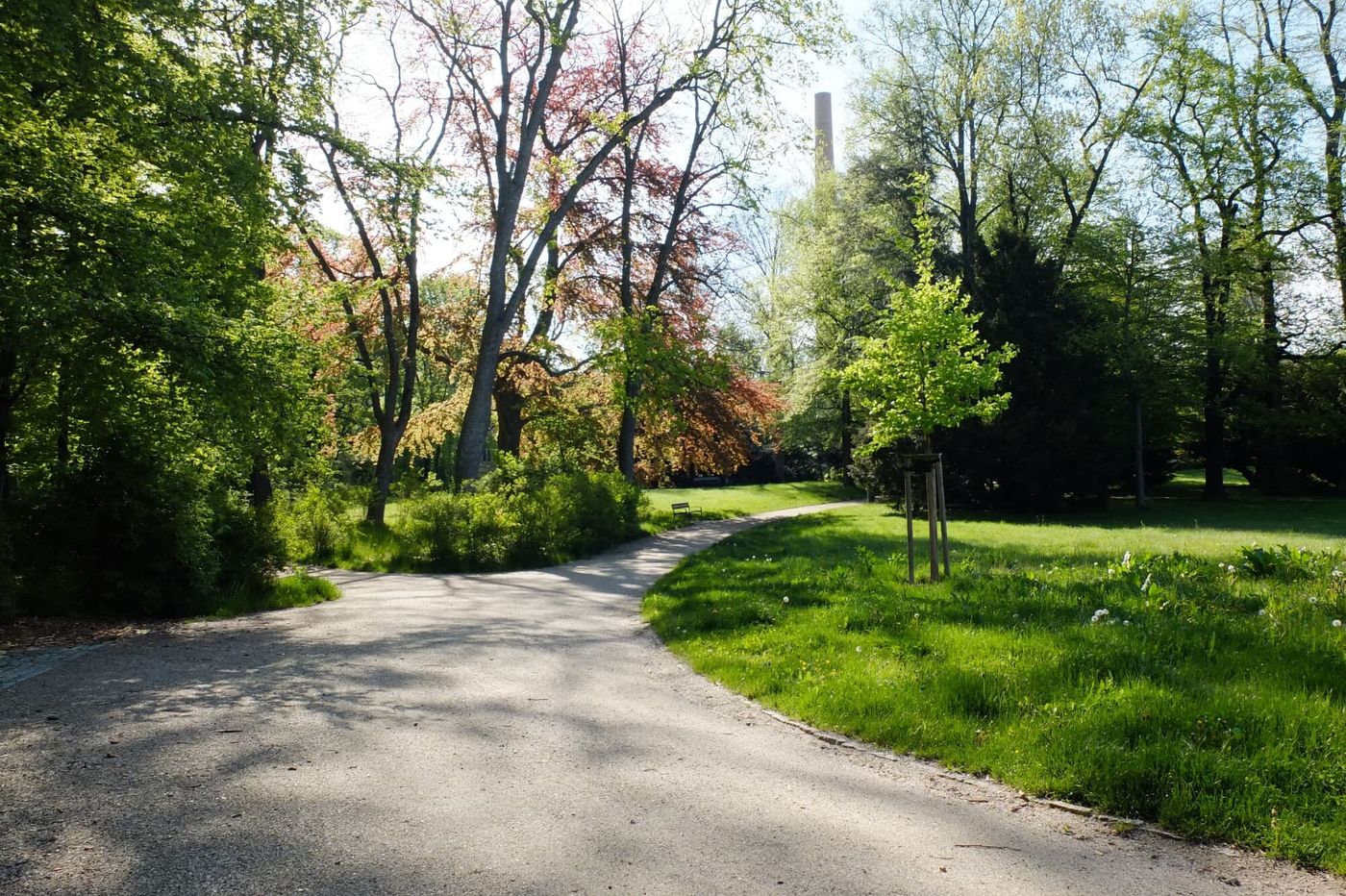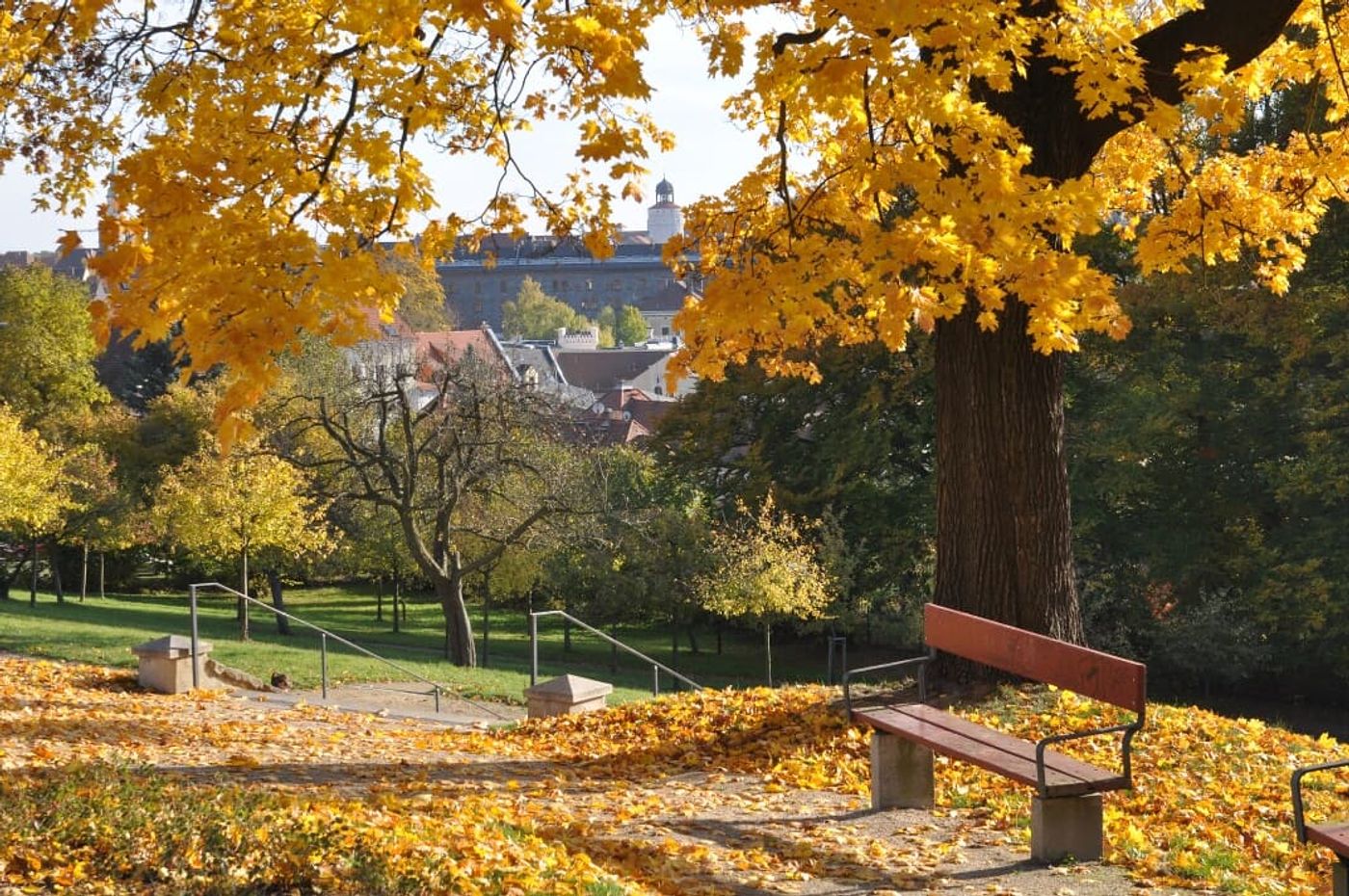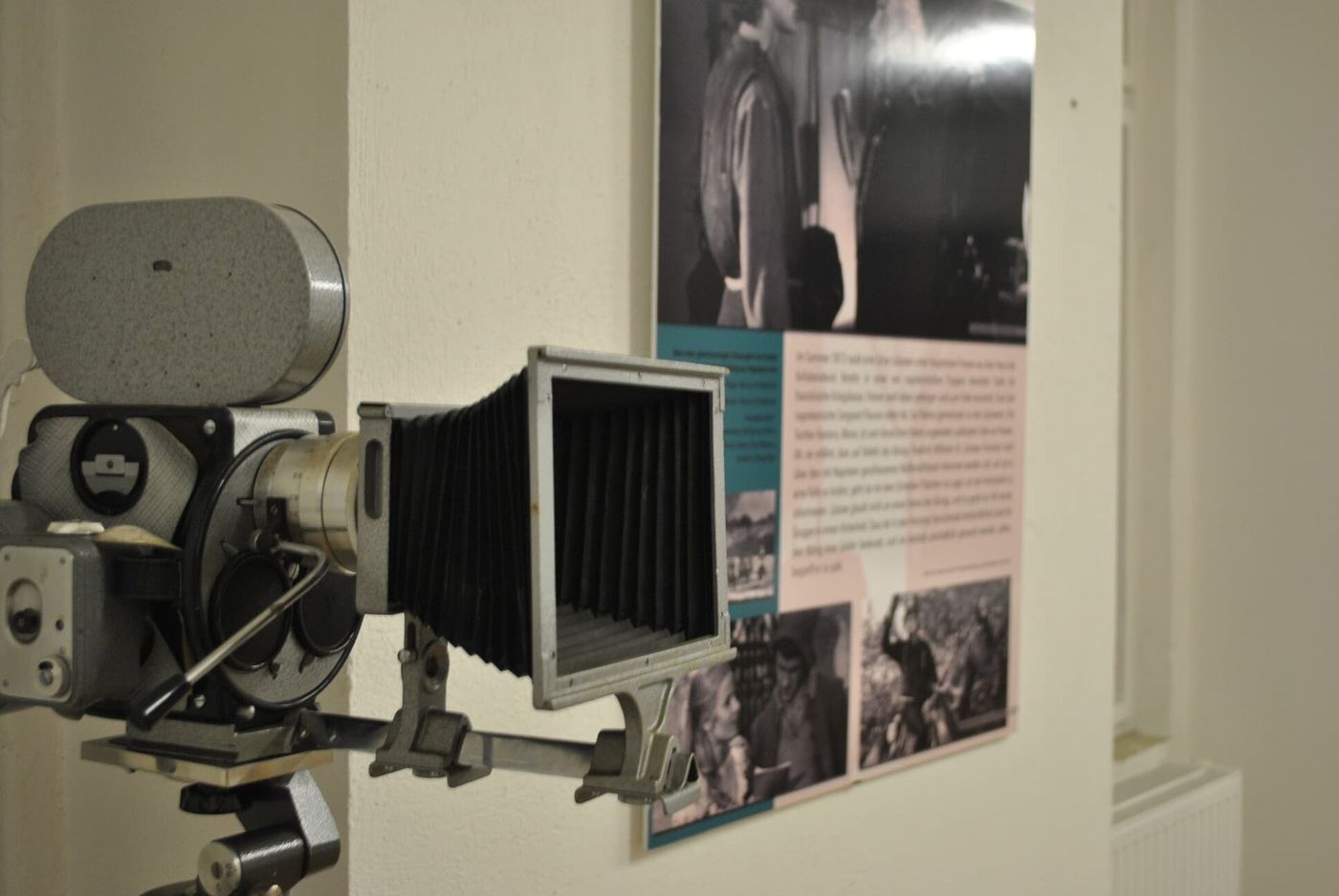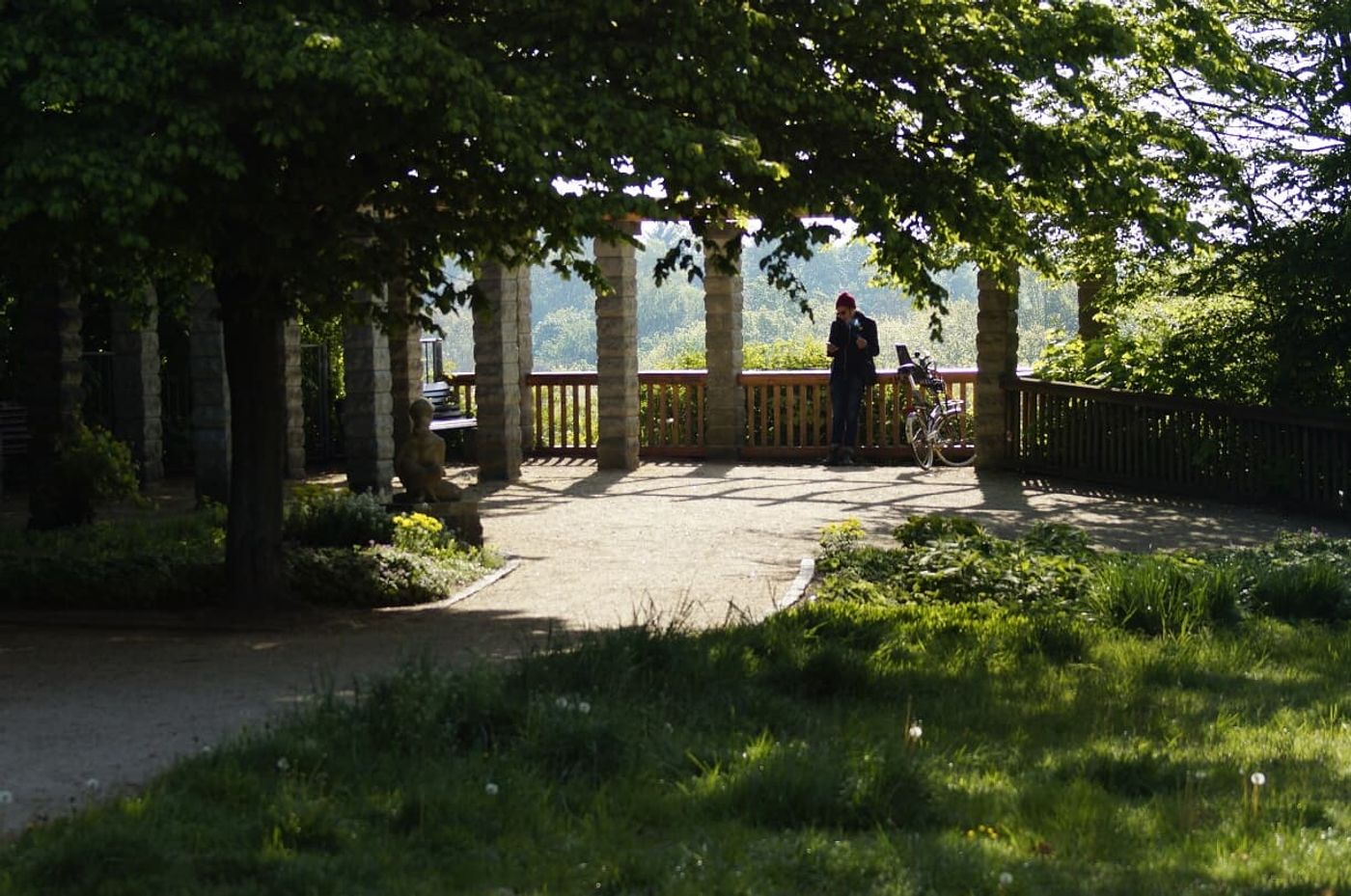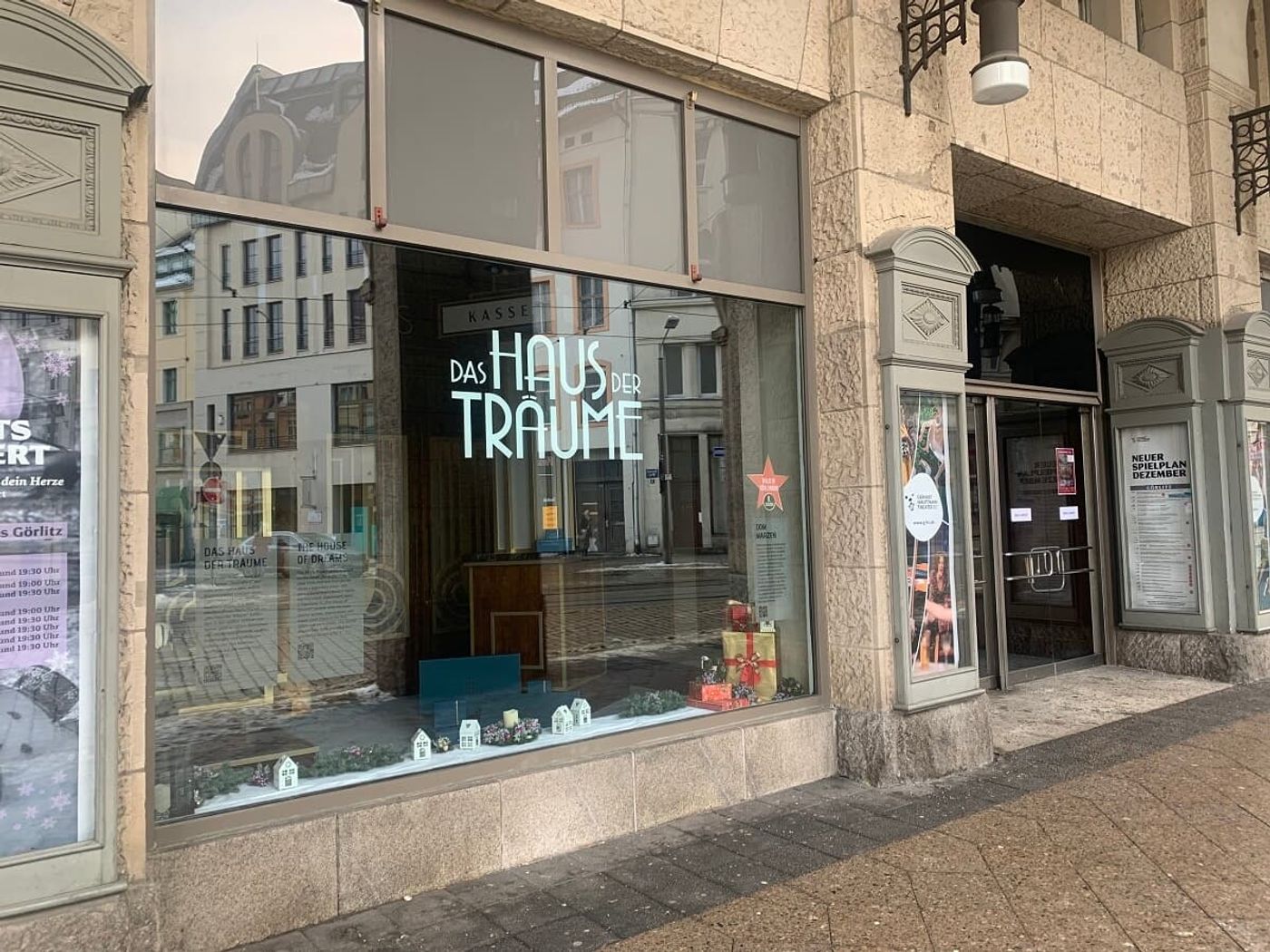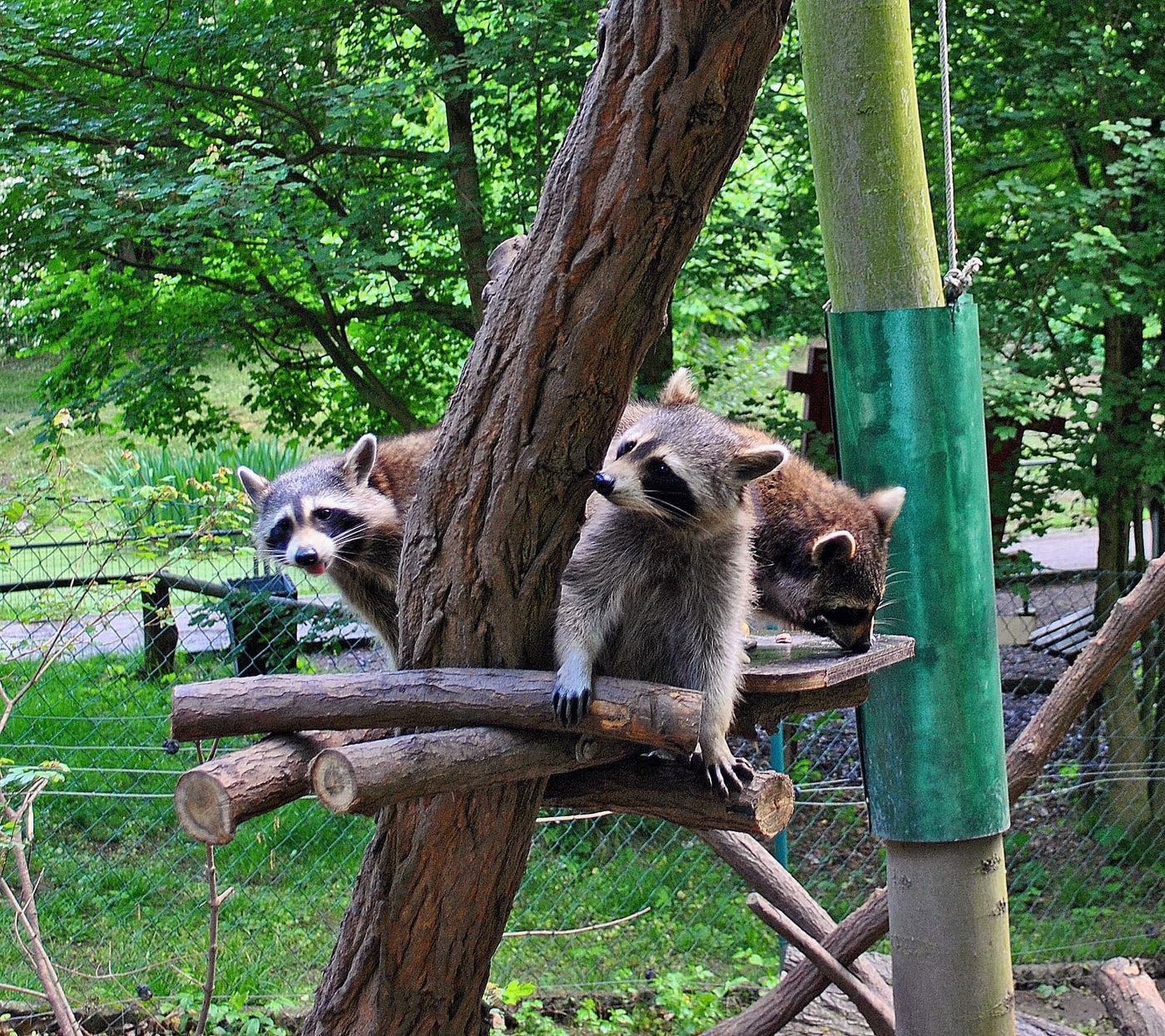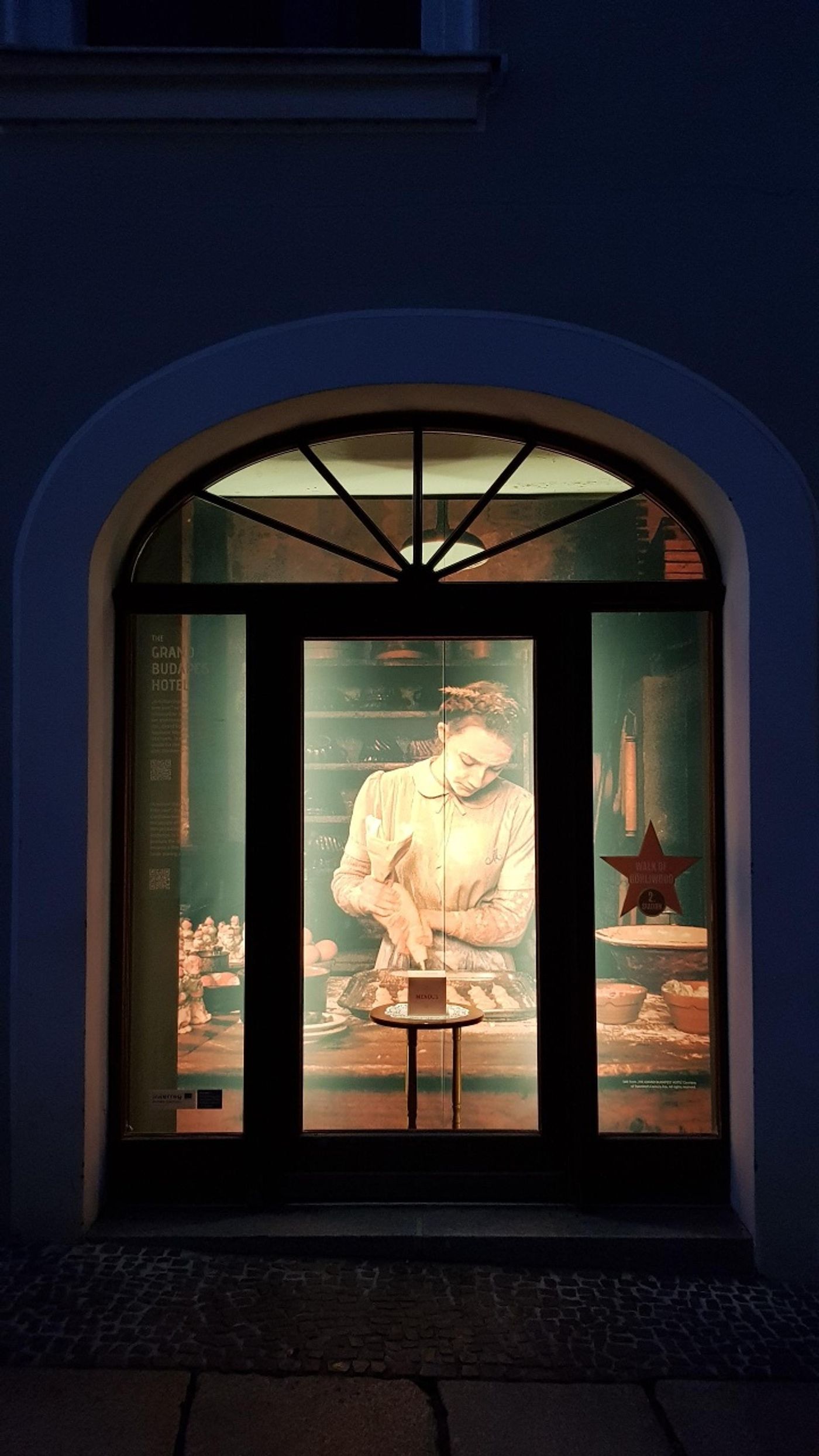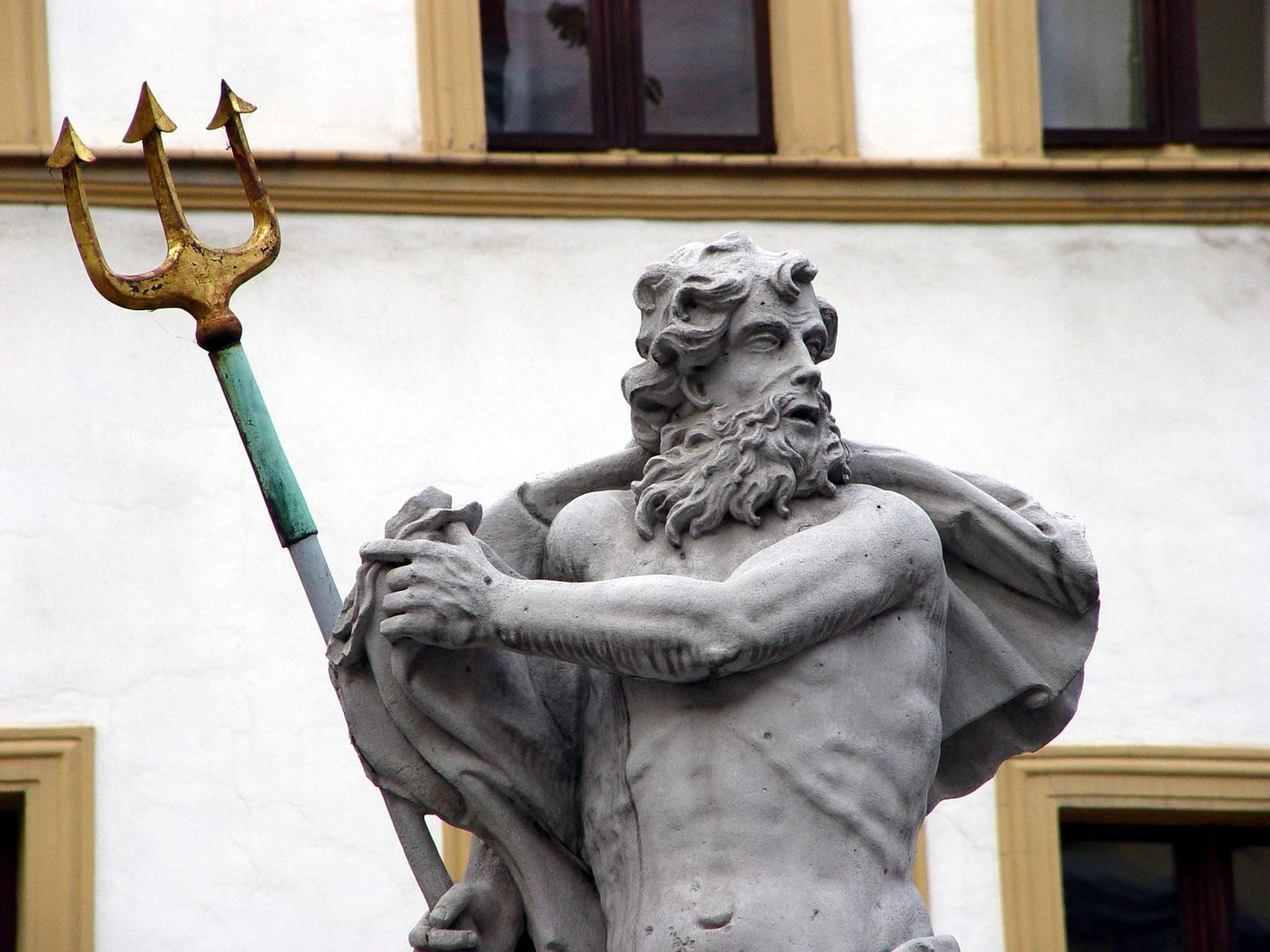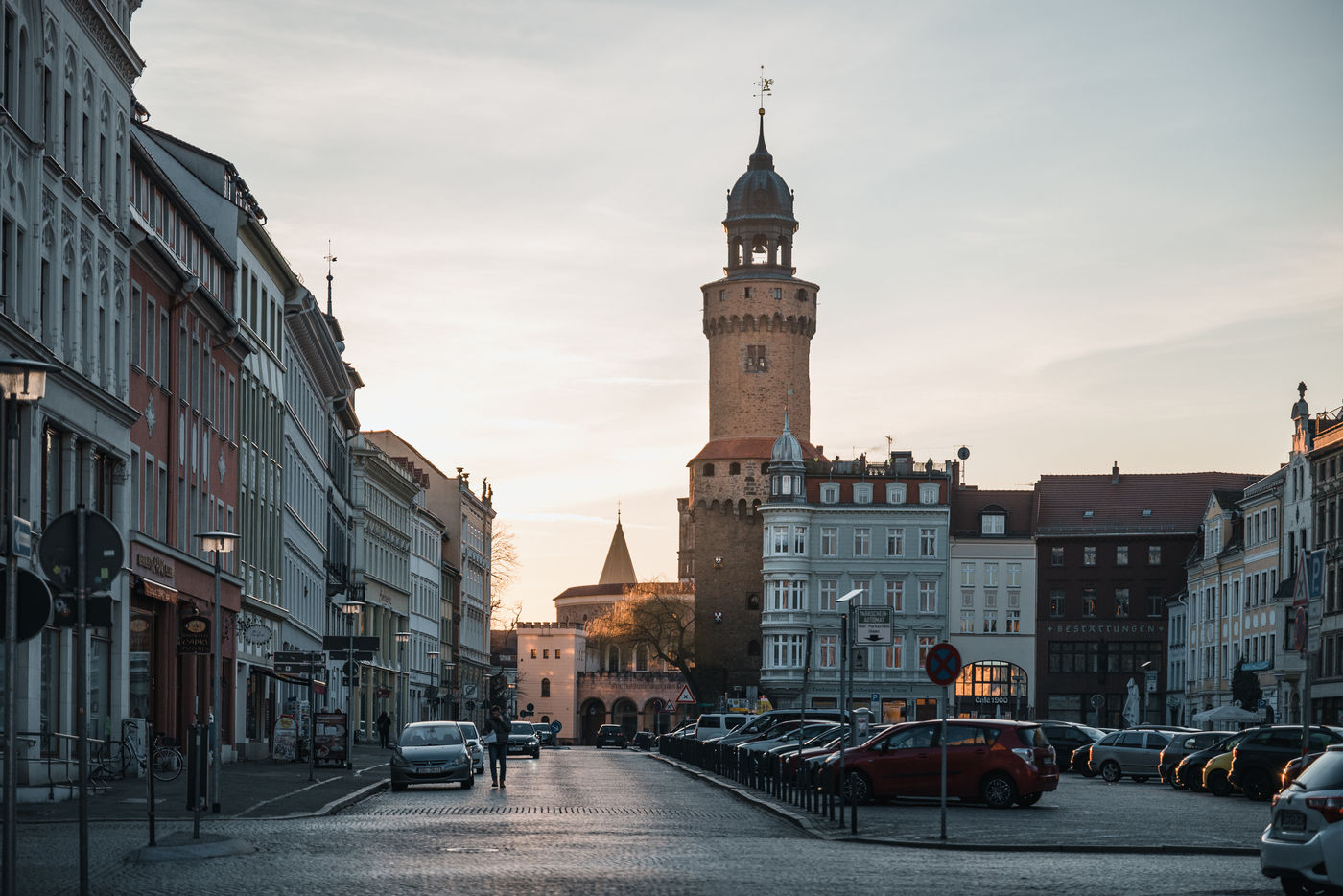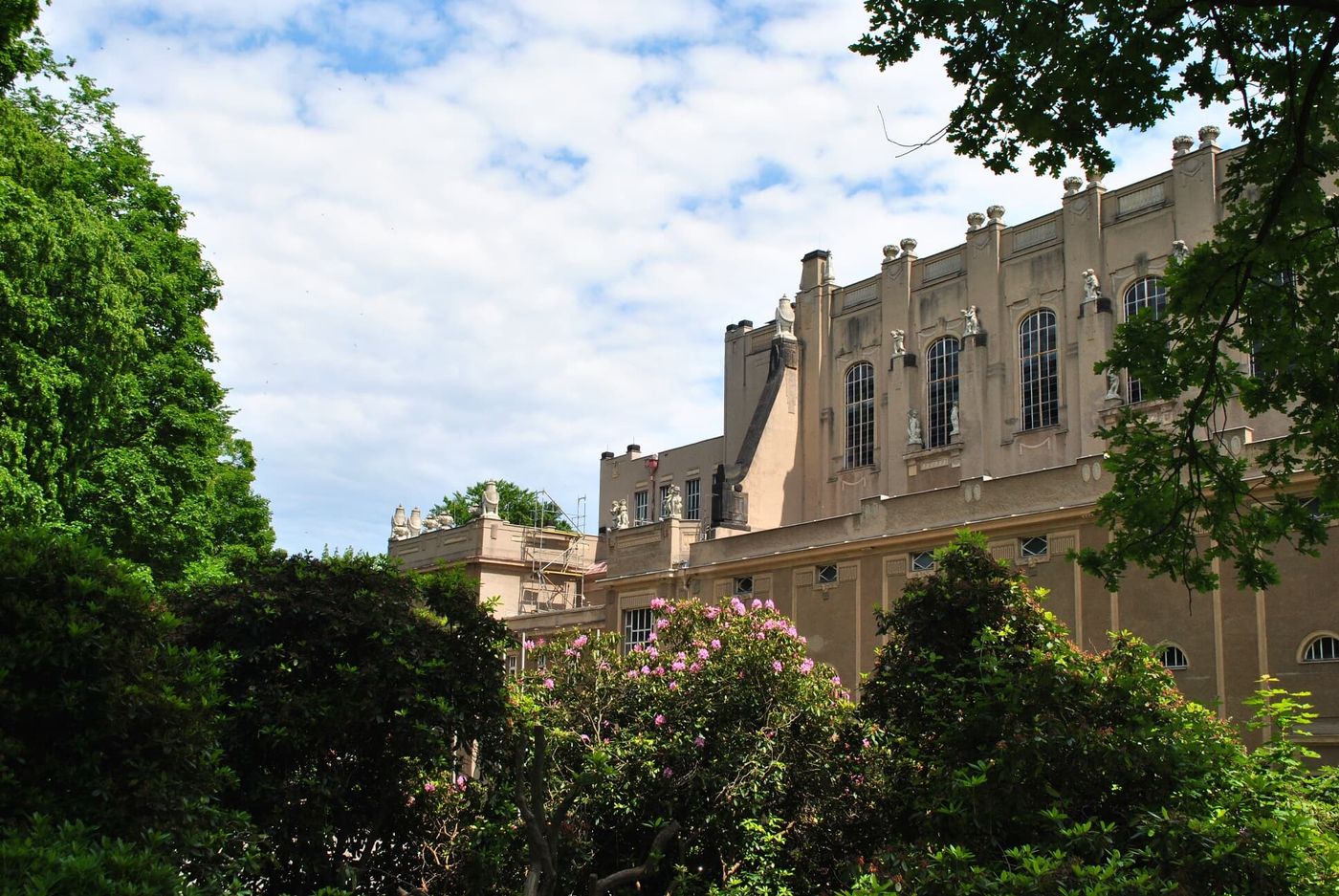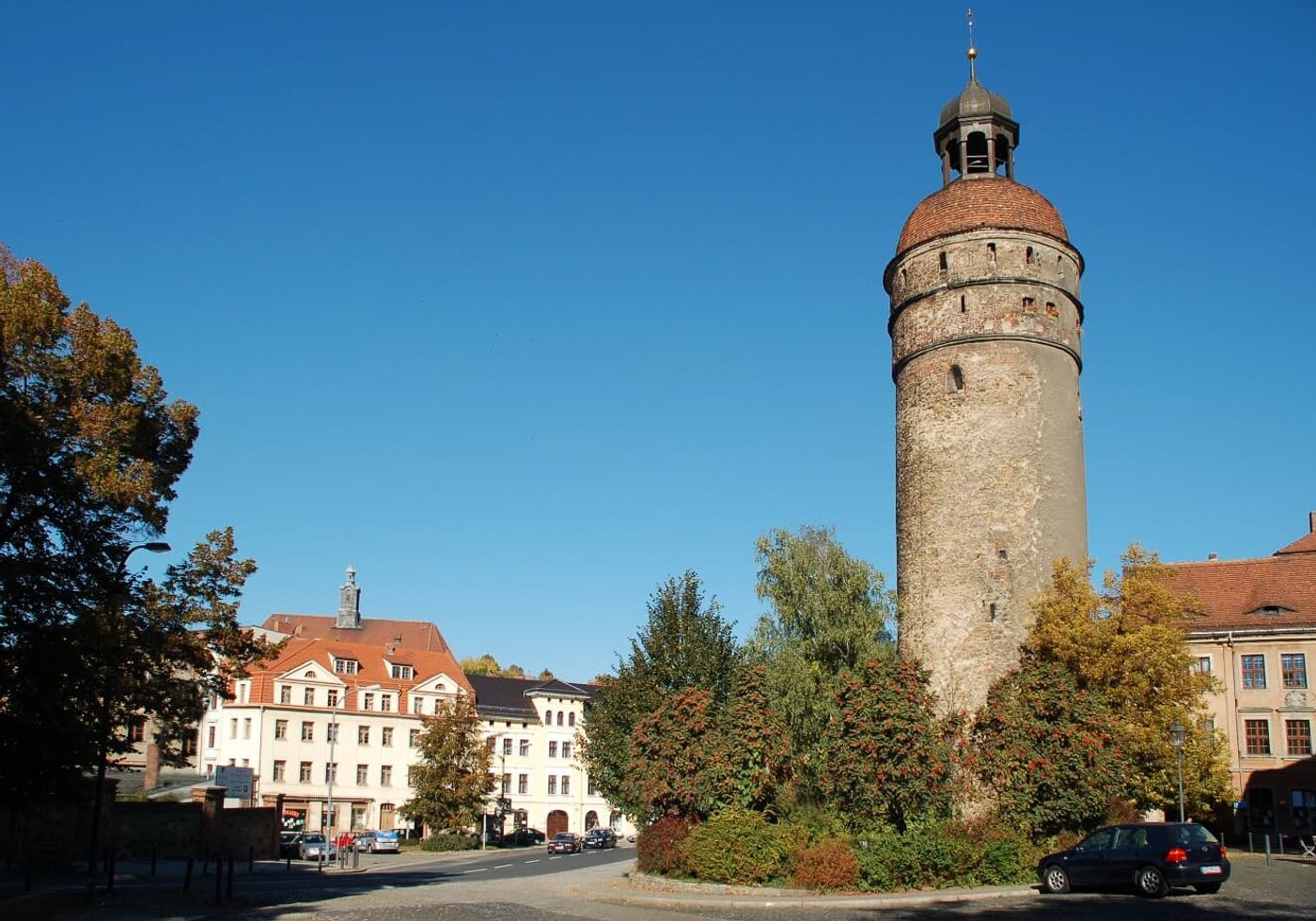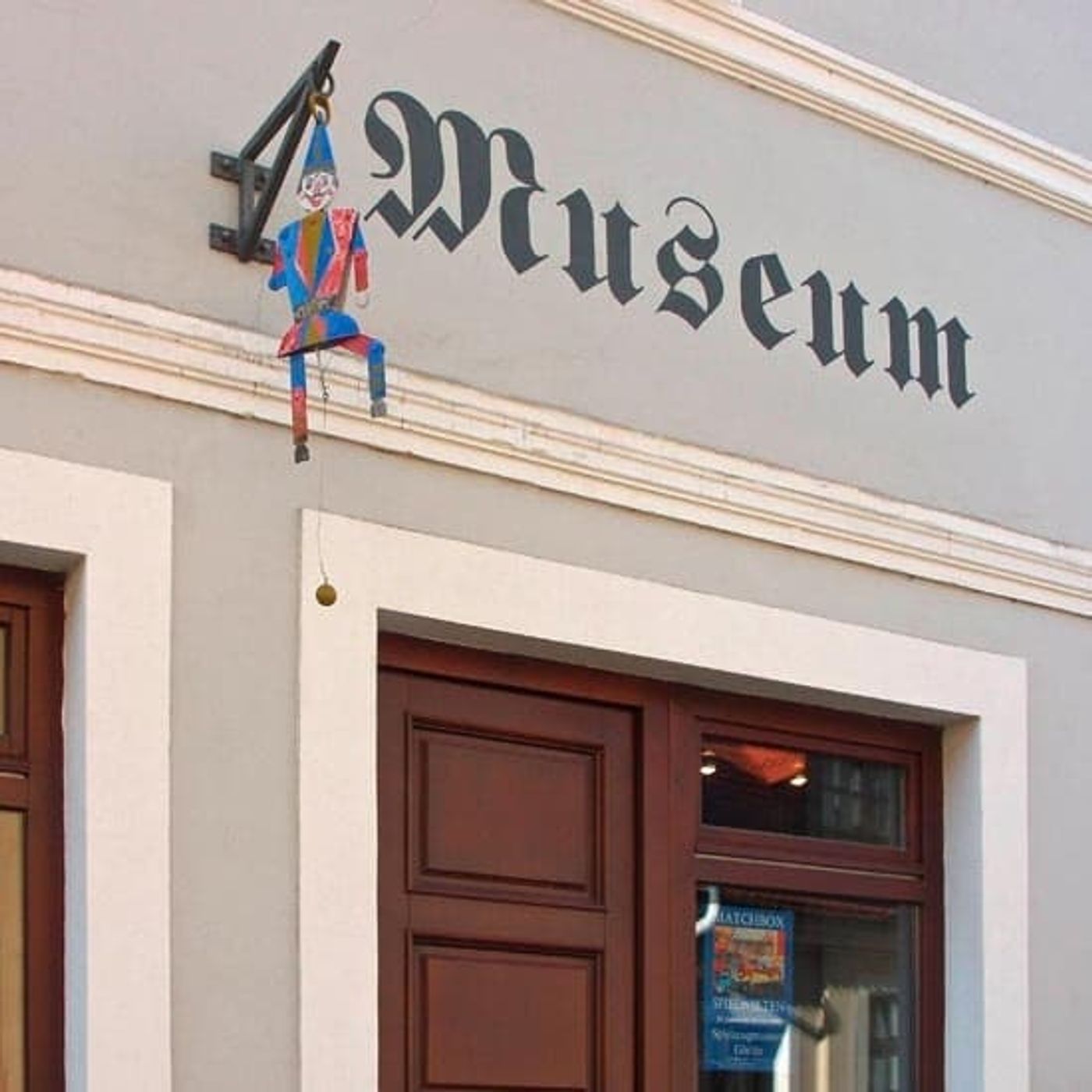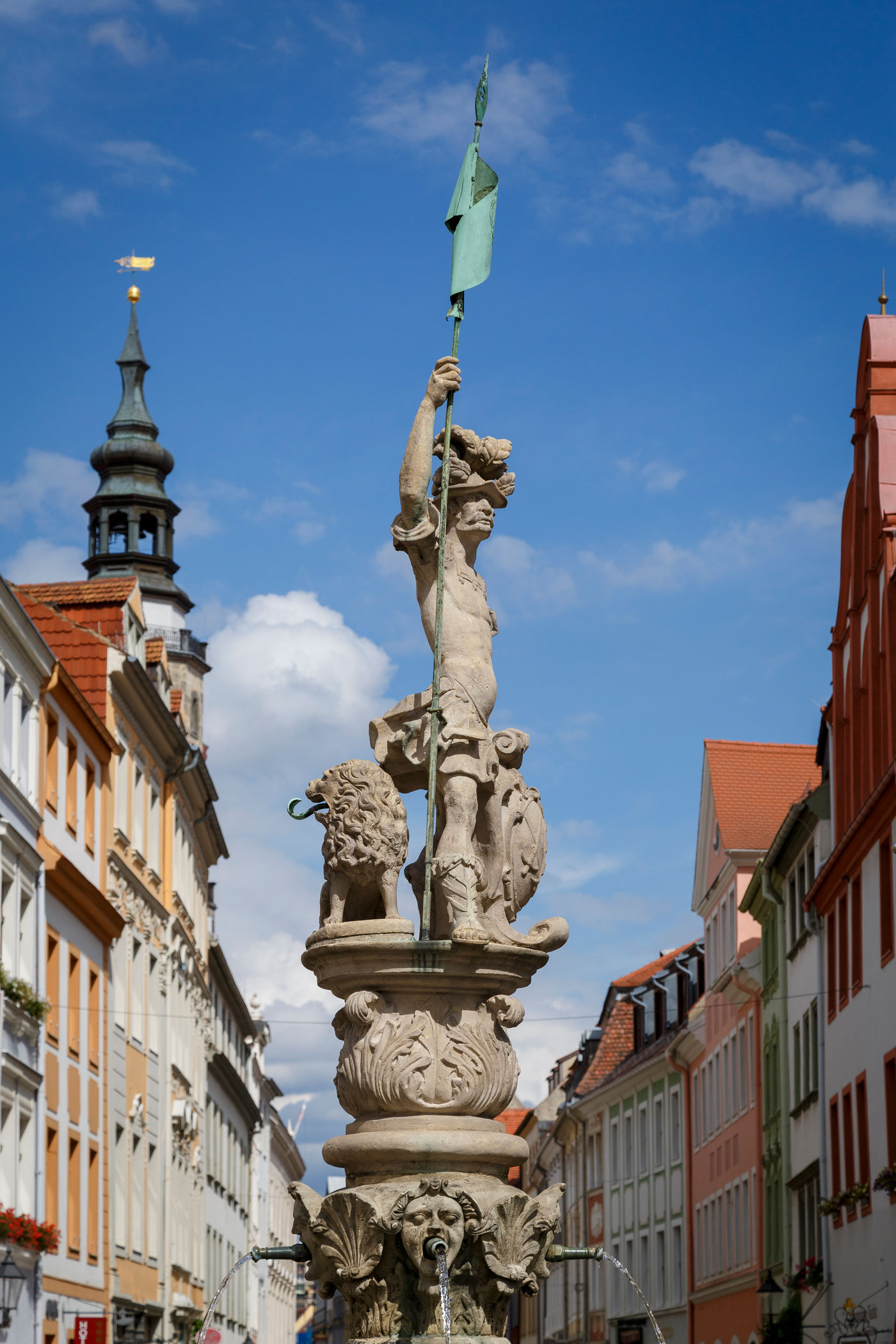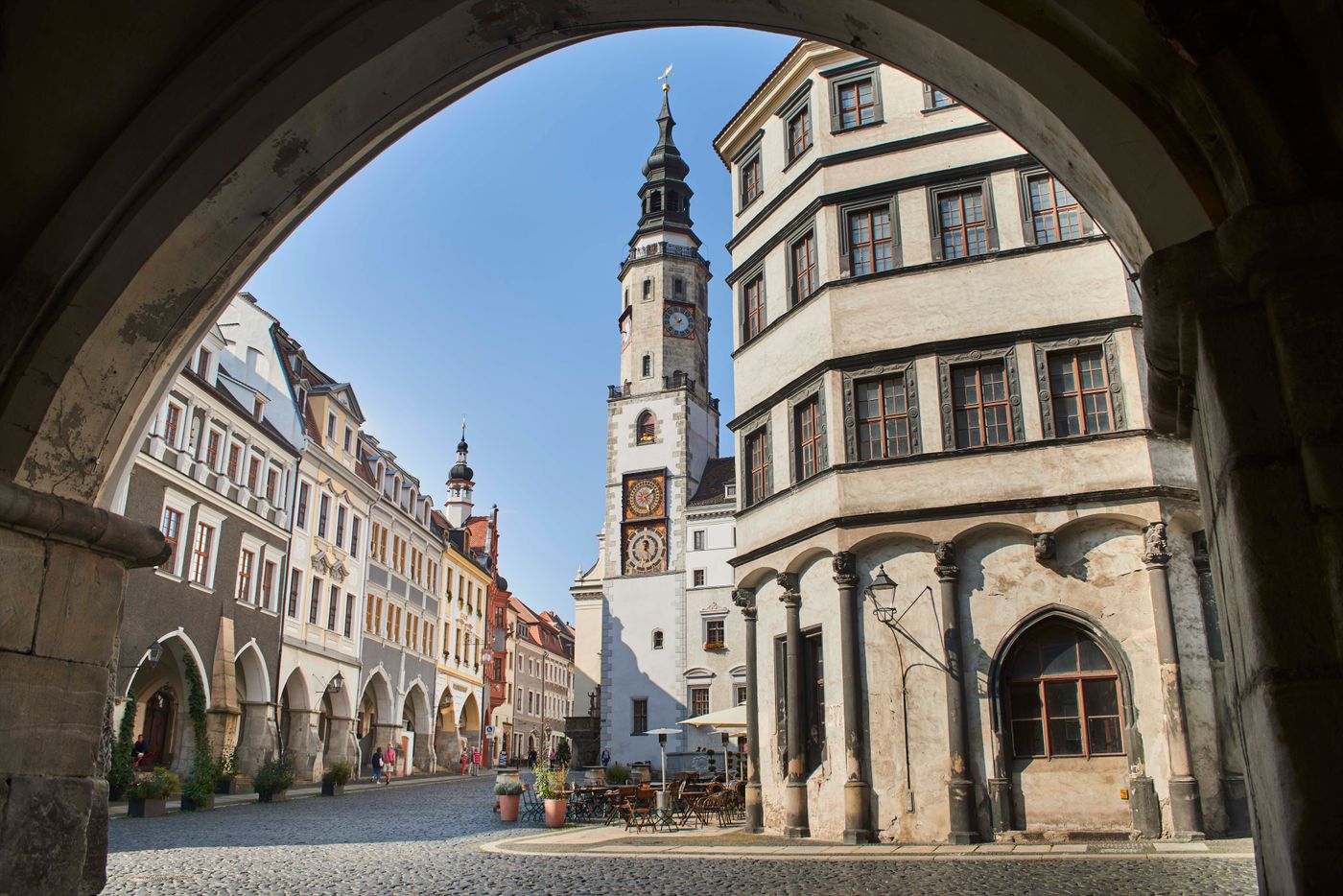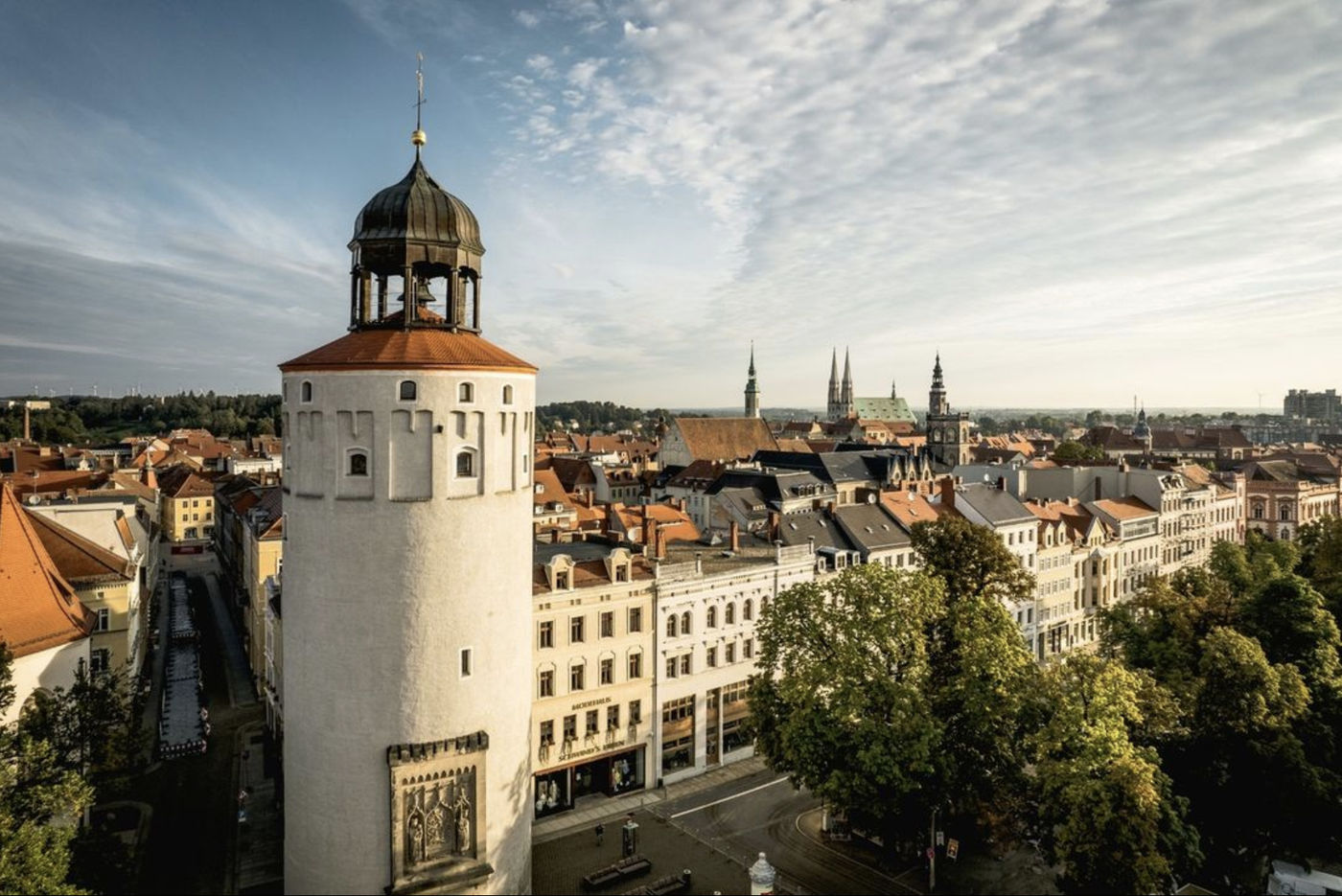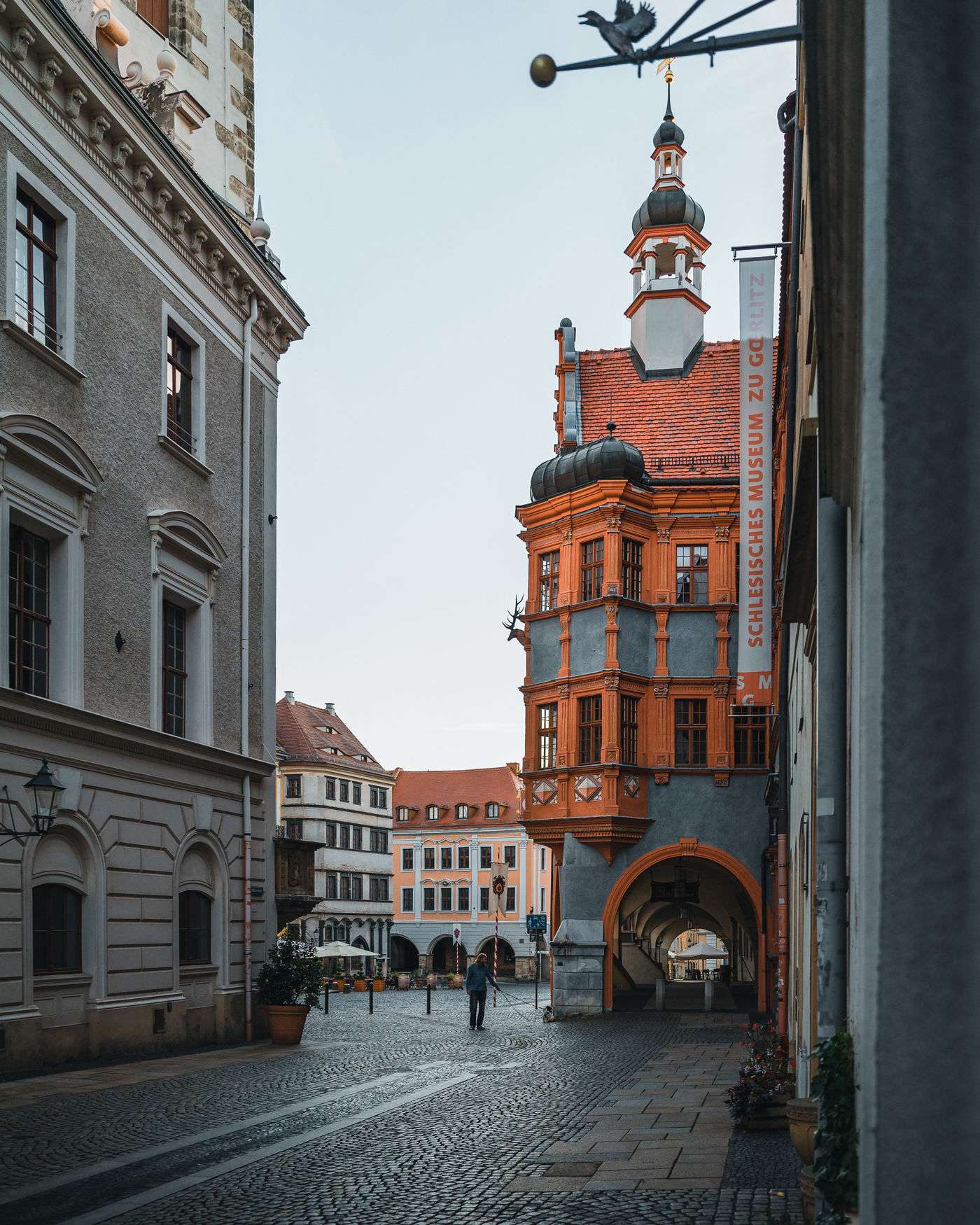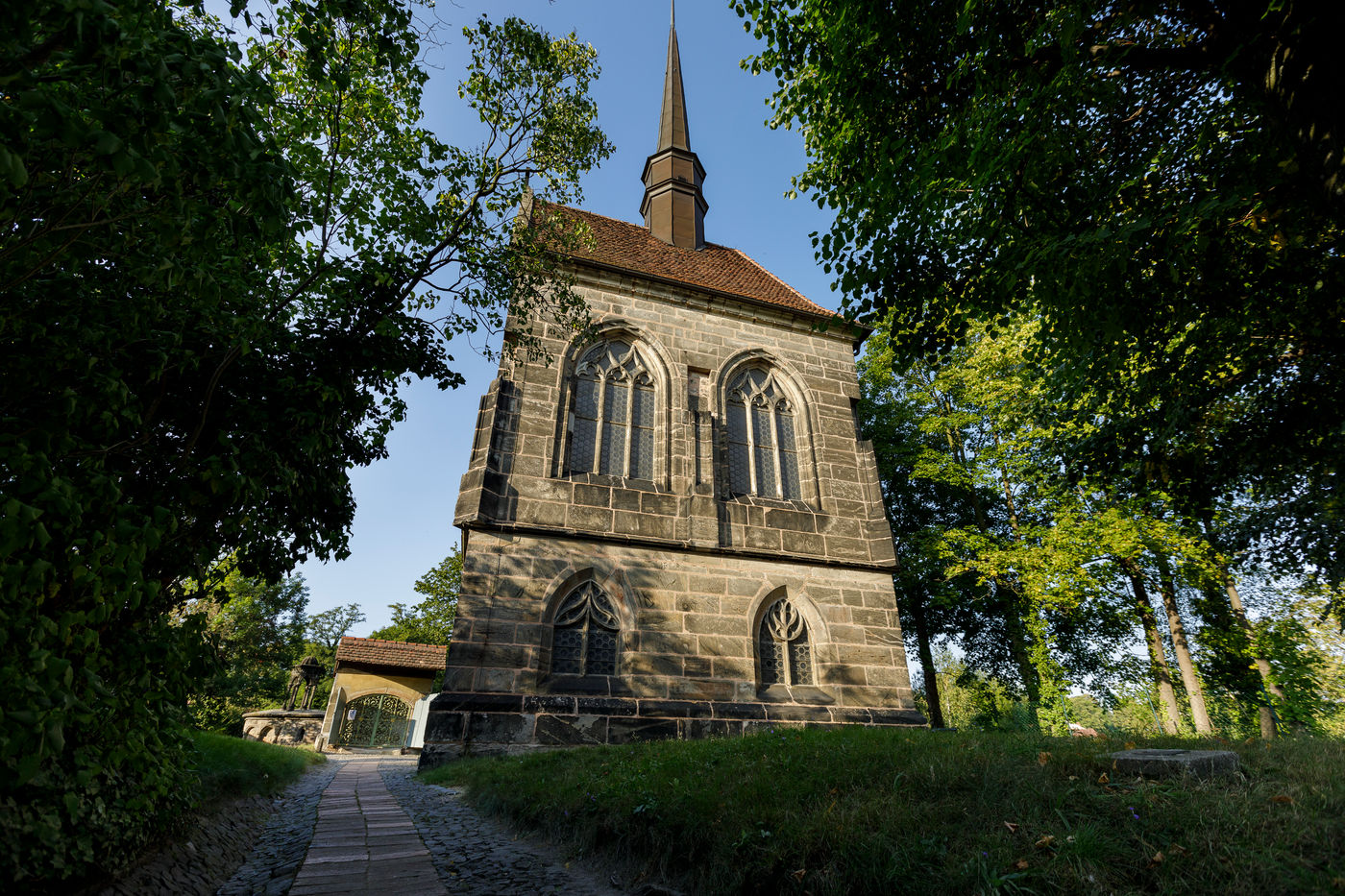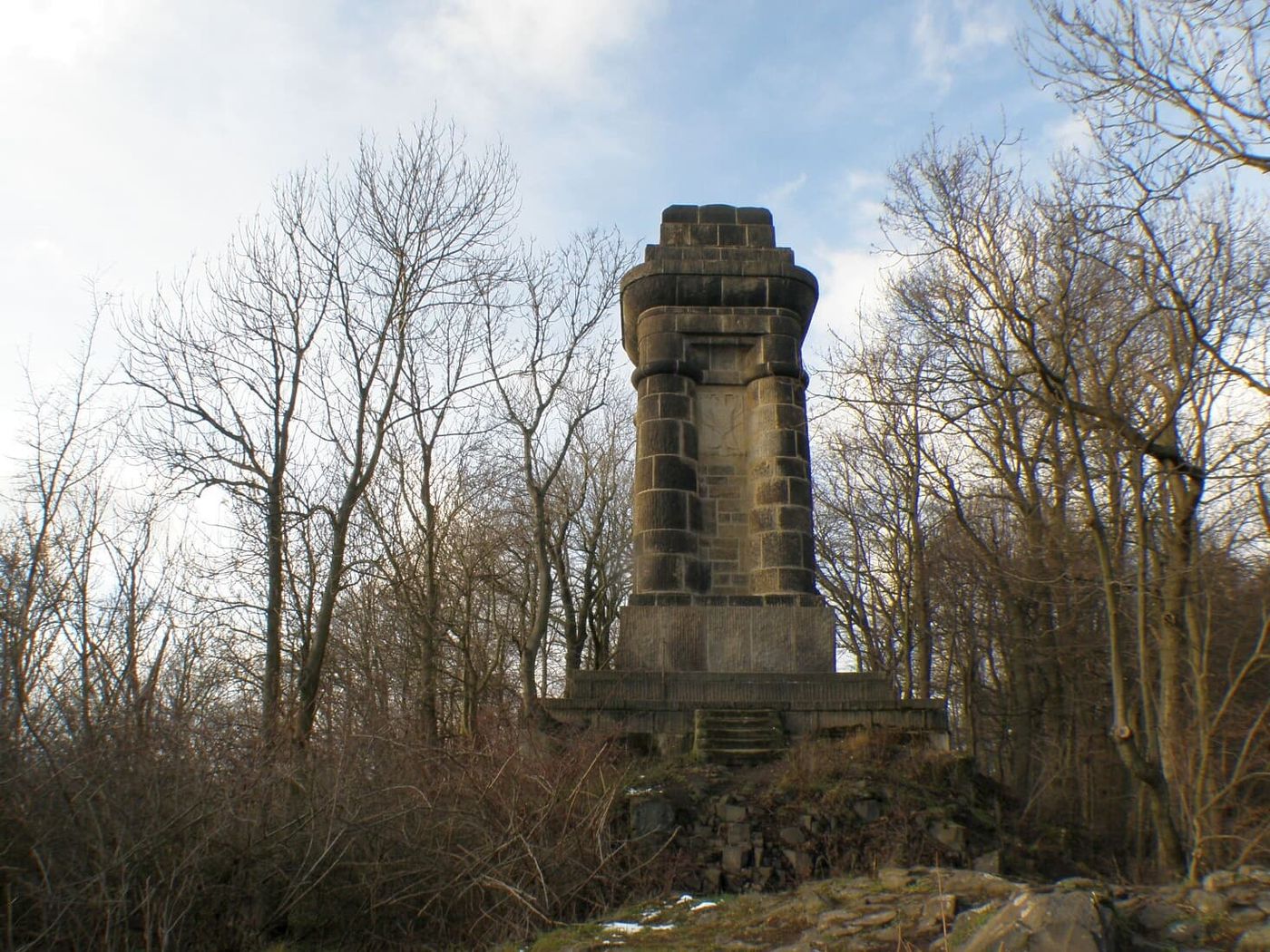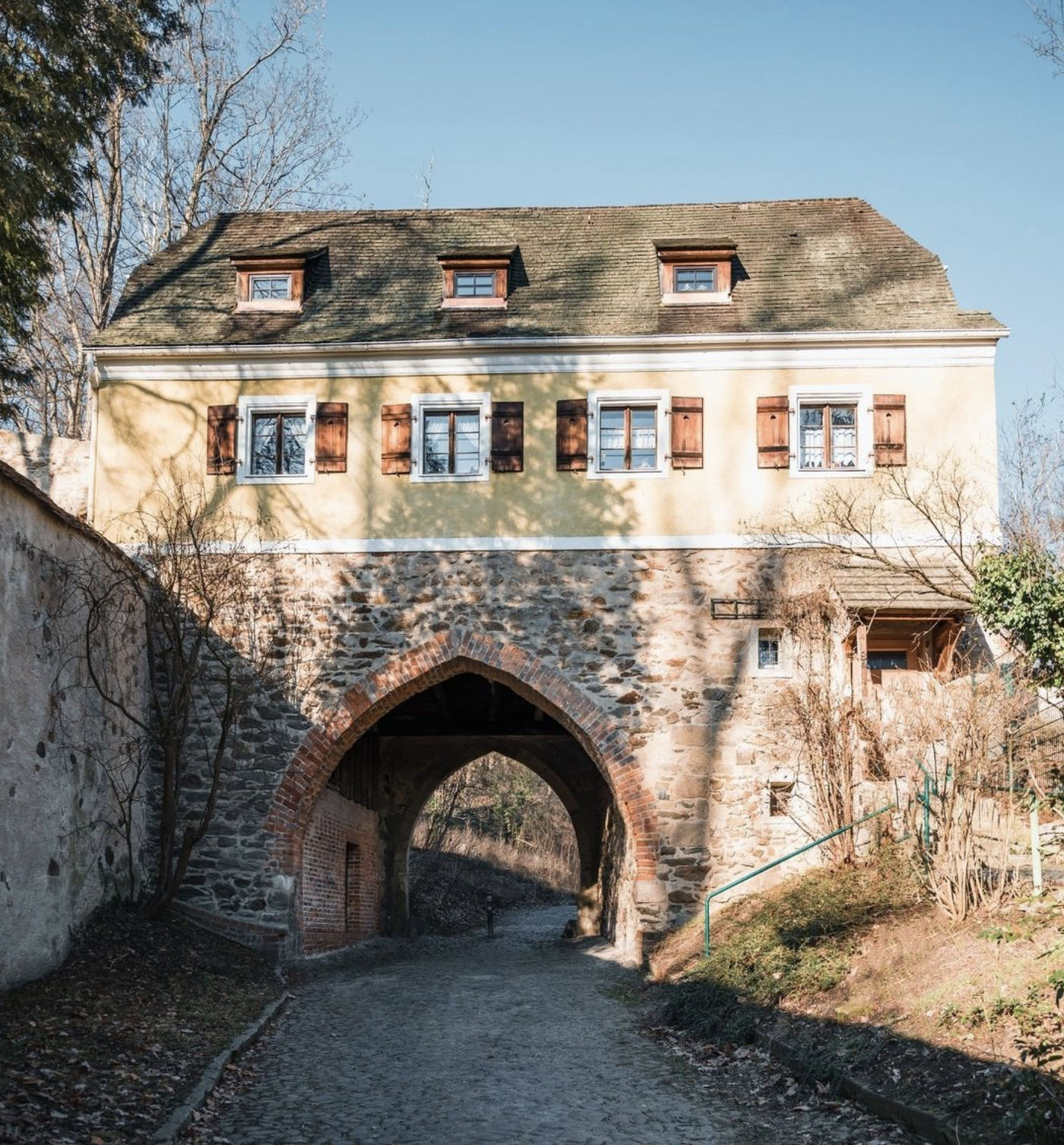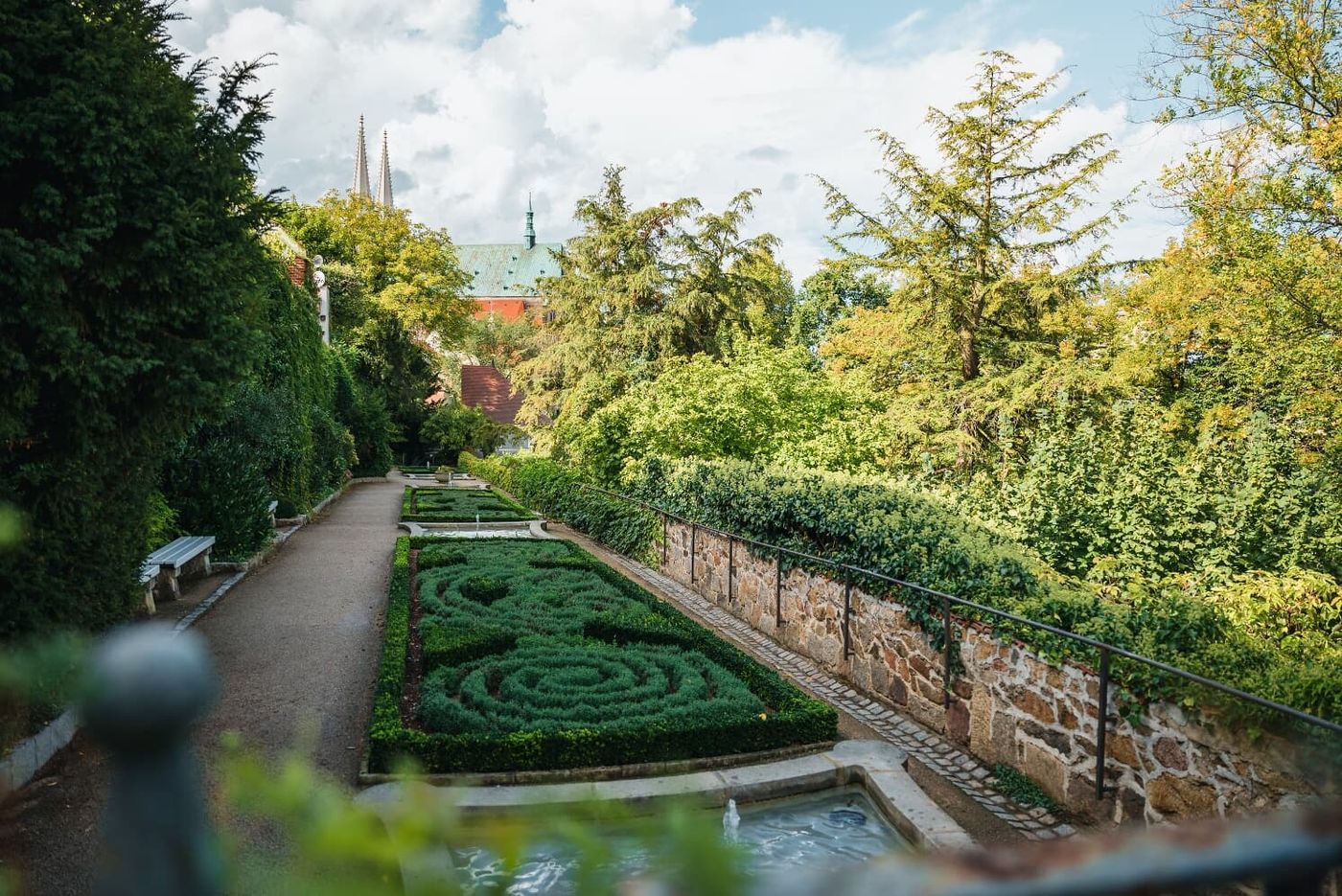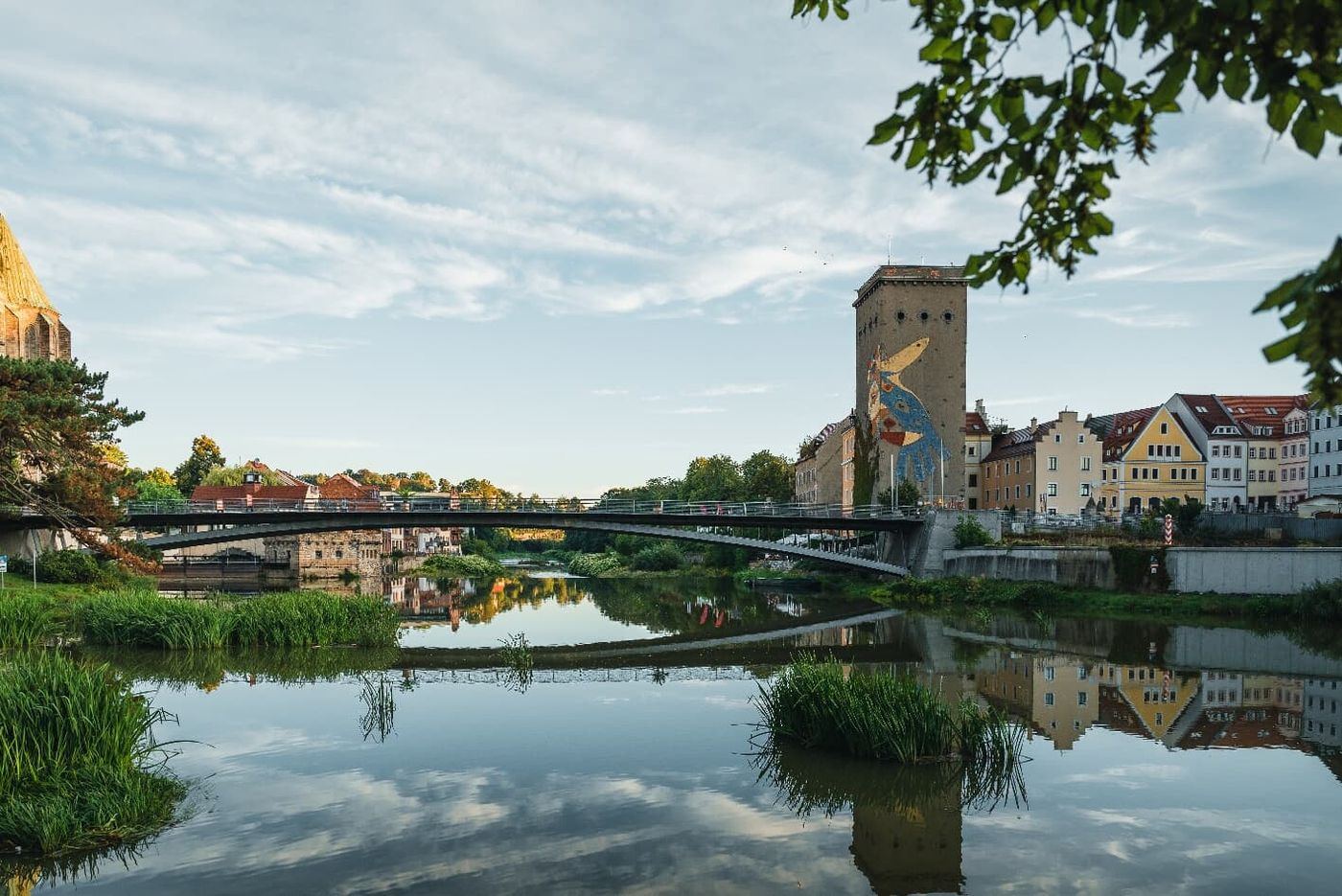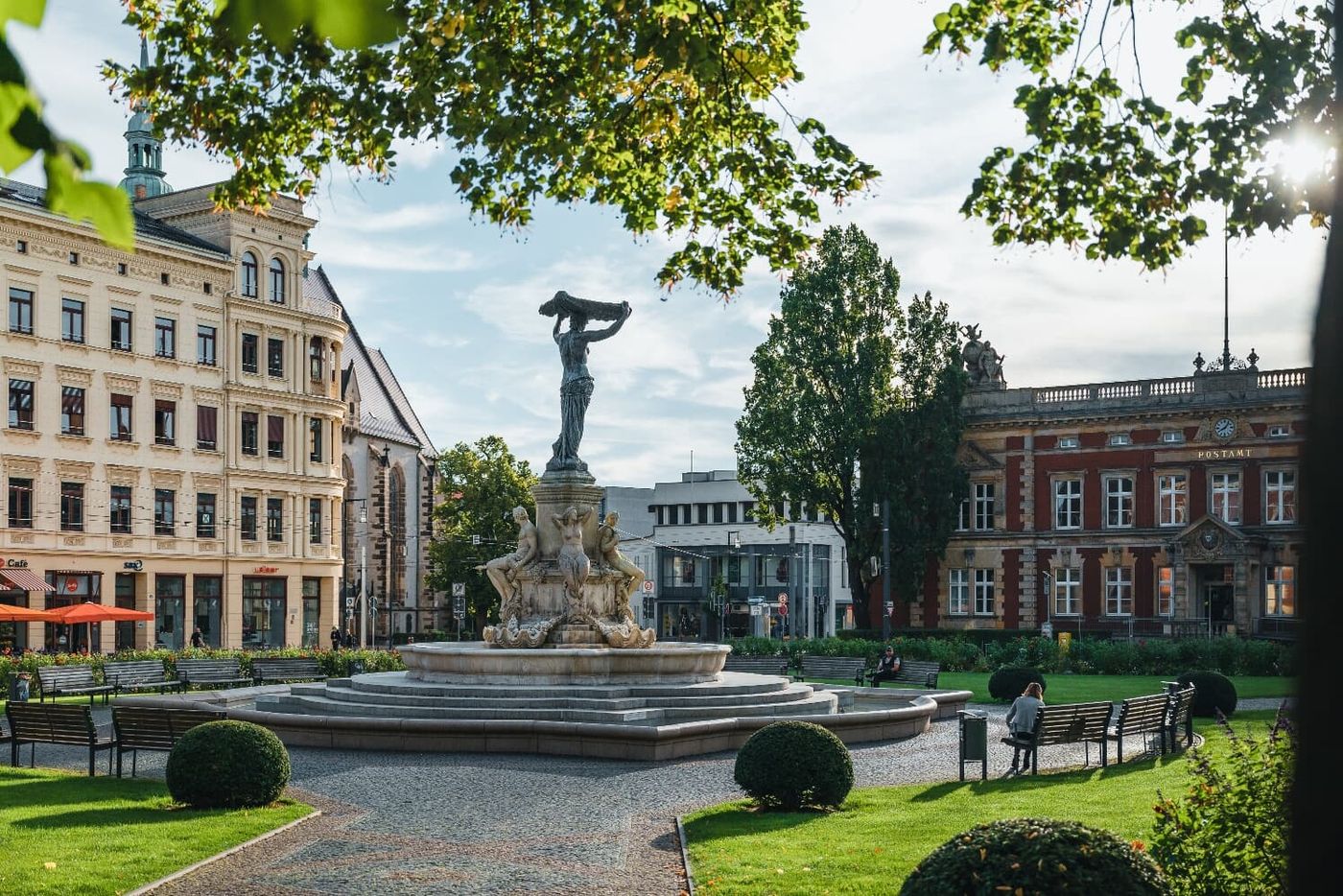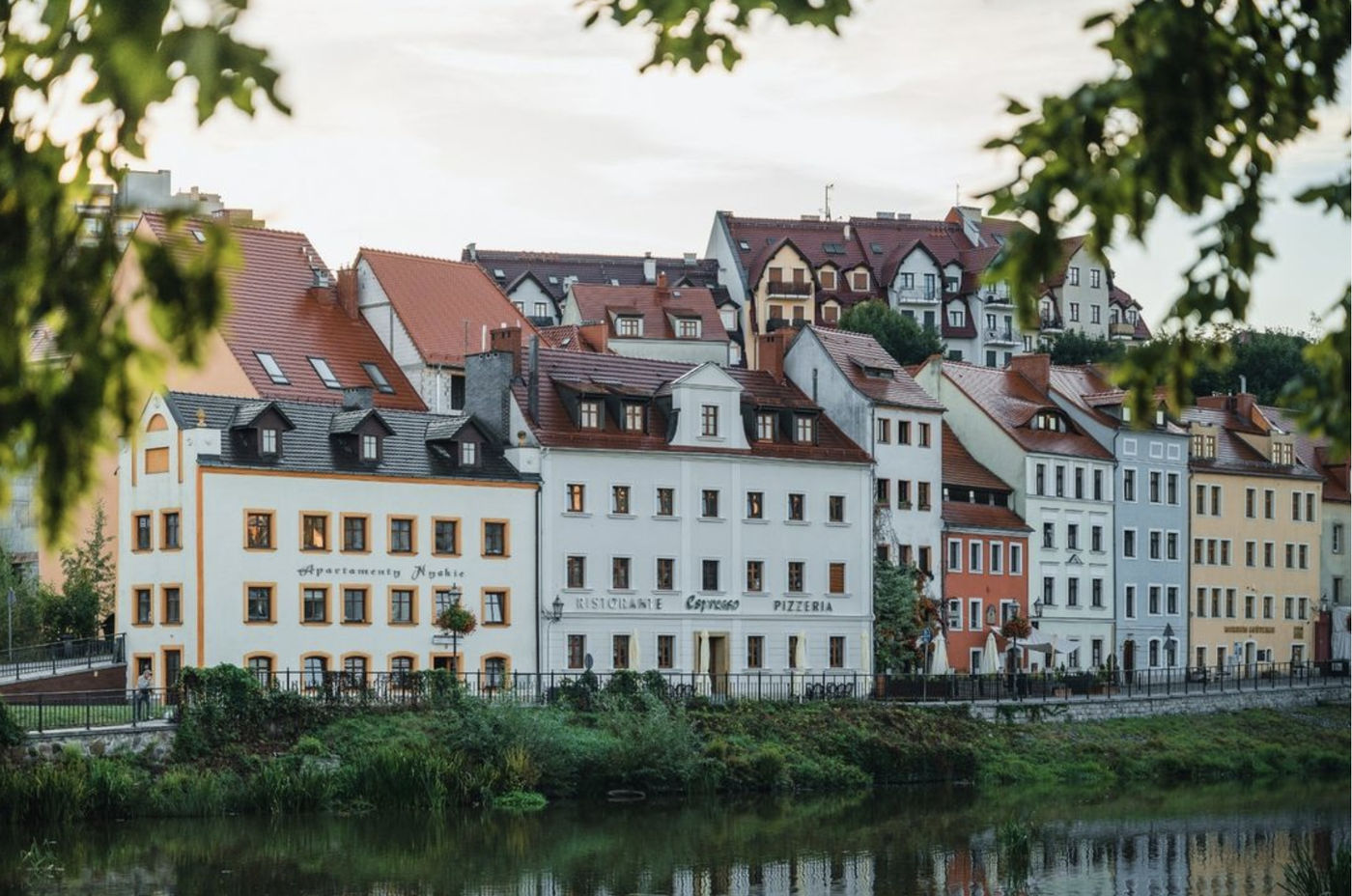Görlitz
Park of peace
Until the middle of the 19th century, Görlitz citizens had garden plots on the area of today's grounds, which were bought up by the cloth manufacturer Ernst Geißler in order to create a park. He had a villa built in place of the original summer cottage, and a gardener's house and horse stables were also built.
The park, which was lavishly landscaped around a pond, is said to have been open for the citizens of Görlitz to visit at that time.
After Ernst Geißler's death in 1874, his widow still lived in the estate. Their heirs were not interested in the house and park and sold the property in 1904 to a real estate community. The city of Görlitz did not want any densification of development on this site, and so in 1905 the umbrella silk factory owner Otto Müller, who had already donated the public library on Jochmannstraße, purchased the site to donate it to the city of Görlitz. After the buildings were demolished, a clever redesign was realized in 1906 according to the plans of the garden director Ernst Schneider, taking into account existing elements.
The main attraction was the new so-called "Gute Stube", a strictly formal part at the edge of the landscaped park. White trellises, tubs and seating furniture as well as a marble figurine and small beds with elaborate alternating planting were characteristic for this part of the Otto Müller Park. The pond had to be abandoned because its inflow dried up, the "Gute Stube" soon no longer corresponded to the feeling of the times, nor were the funds available for maintenance. The renaming to "Park of Peace" took place on World Peace Day, September 1, in 1957.
Jacob Boehme's monument, originally conceived as a fountain, found its worthy place in the park in 1972, after it had to make way for the border clearance facilities near the town hall. If you walk from the Jacob Böhme memorial in the direction of the town hall, you will find one of the rare ginkgos, probably of the "St. Cloud" variety, on the left side of the path by the large meadow, on whose horizontal branches chi-chi have formed, stalactite-like wooden cylinders growing downwards. Chi-chi is the Japanese word for mother's breast, in Japan a ginkgo with these protuberances is regarded and revered as a symbol of fertility.

